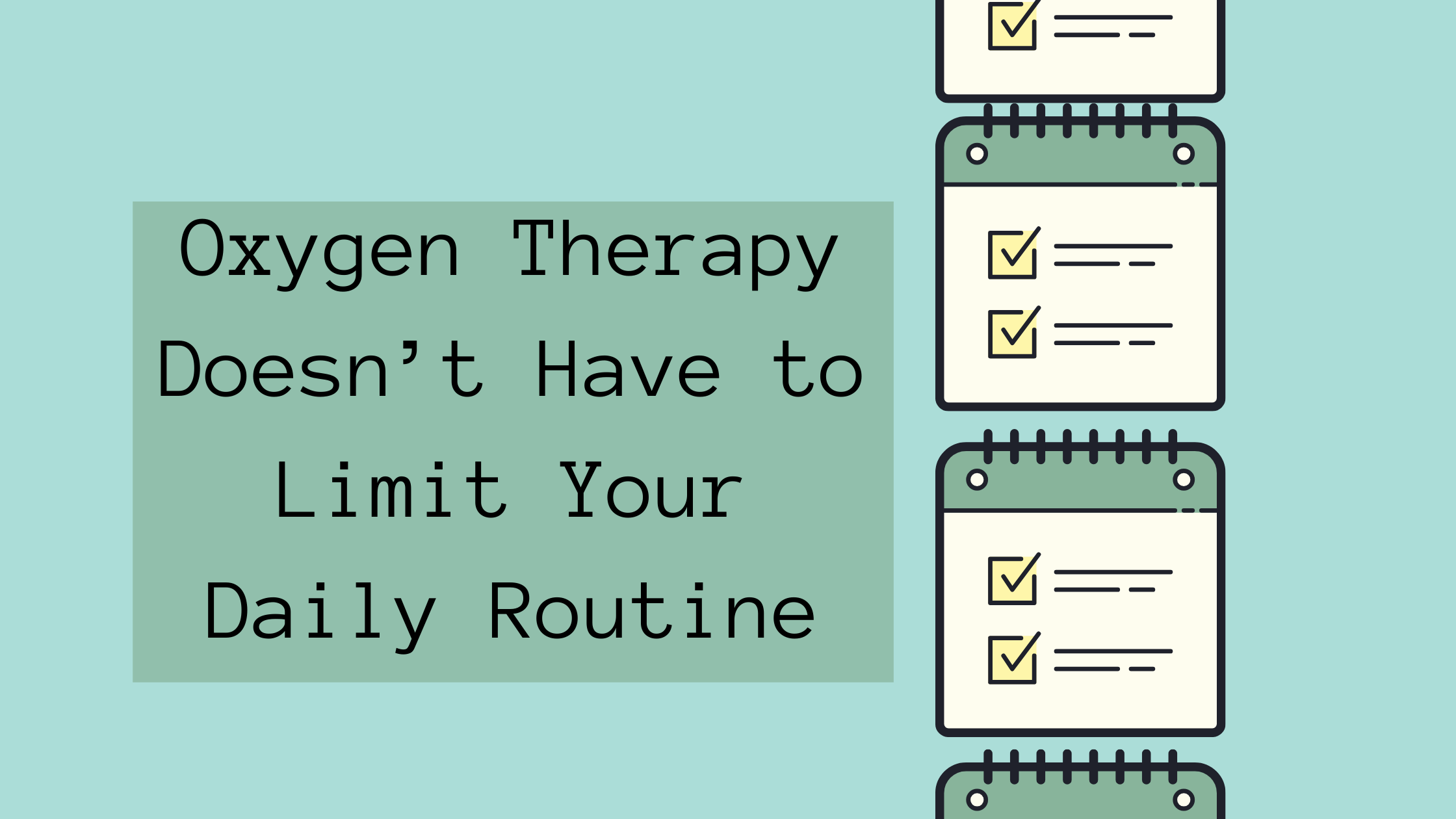
Try to think back, and remember what your daily routine looked like before you started suffering from symptoms associated with chronic obstructive pulmonary disease (COPD), pneumonia, asthma, heart failure, cystic fibrosis, or sleep apnea…
Were your days filled with long walks outdoors, or restful naps after reading your new favorite novel? Did you spend time gardening and taking care of tasks around the house, or did you dedicate you free time to traveling far and wide to see loved ones meeting new friends along the way?
No matter what your daily life looked like before, you should still be able to experience the joys of life by accomplishing a similar daily routine now, or at least a daily routine that you love.
If you are diagnosed with stage one through four COPD or another type of breathing ailment, (for the sake of this article, we will mostly refer to COPD, however, the information applies to everyone who needs supplemental oxygen therapy despite what disease or chronic illness you may have) it is time to take control of your disease before it takes control of you. There are a lot of different lifestyle choices, treatments, and medications that can help you treat and control COPD.
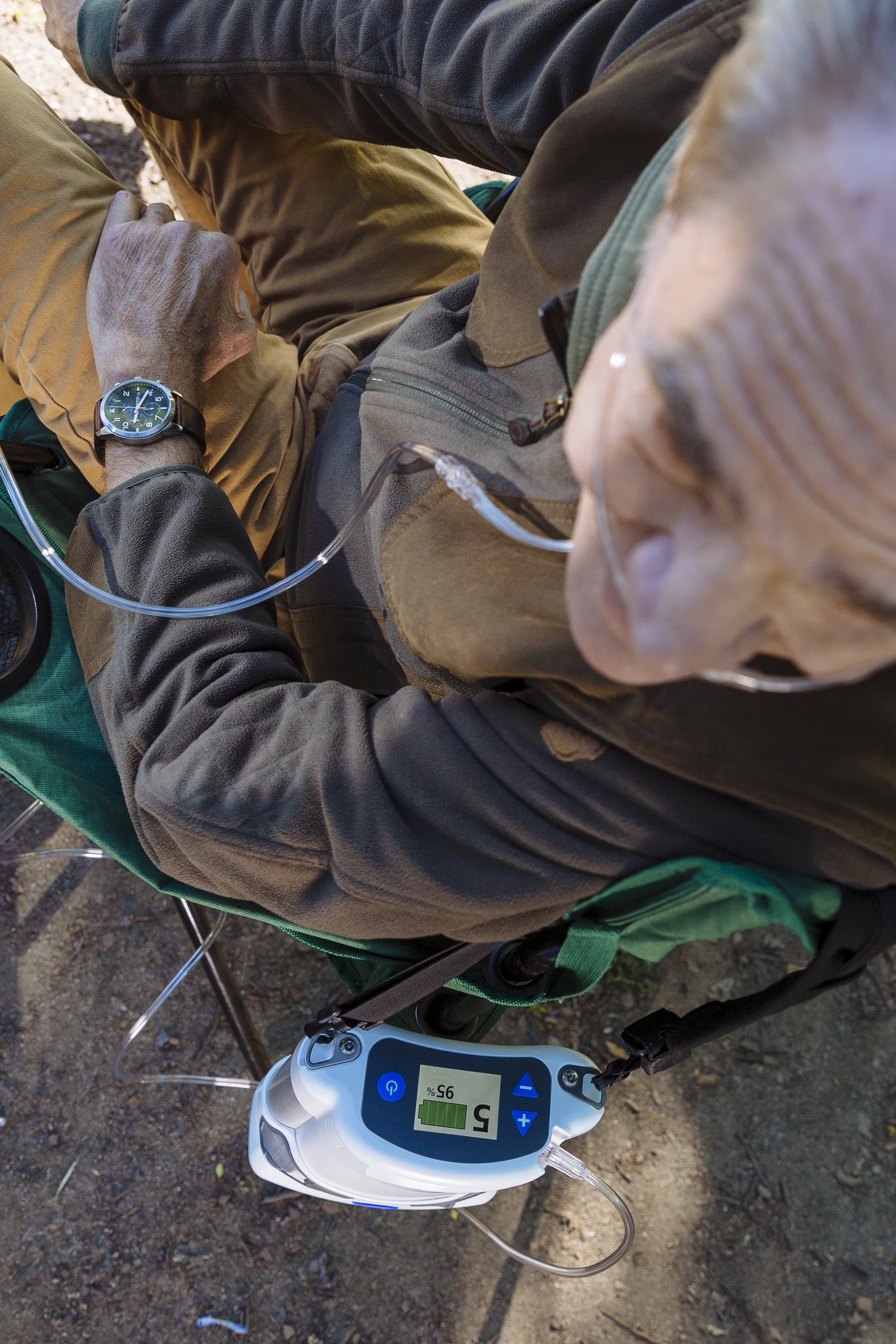
For example, Several kinds of medications are used to treat the symptoms and complications of COPD. You may take some medications on a regular basis like Bronchodilators which are medications that usually come in inhalers — they relax the muscles around your airways.
Your doctor may recommend you begin a pulmonary rehabilitation program, which is a course for people with chronic lung diseases like COPD, emphysema and chronic bronchitis. It will allow you to be as active as possible while educating you about your disease.
You can also try to limit or stop habits that impact your well-being such as smoking or exposing yourself to harmful populates and allergens.
You can start exercising more and eating lung and heart healthy foods.

However, the most impactful treatment that will allow you to get back to the daily routine which you love and value, is starting oxygen therapy. Now, the only people who can reap the benefits of oxygen therapy are patients who experience low-levels of oxygen, enough so that they require supplemental oxygen to increase their blood-oxygen levels to normal rates.
If you do not have low enough levels of oxygen, taking supplemental oxygen will not benefit you, and instead you should try to increase your exercise tolerance, take you medication prudently, and eat healthy. Inhaling extra oxygen your body does not need, can make you feel nauseous or dizzy from too much oxygen saturation.
If you need oxygen therapy, it will not only increase your blood-oxygen levels. This therapy will help you get back to doing the things you love to do, whether that is sleeping, walking, golfing, traveling, reading, socializing, and so on.
The most obvious thing about supplemental oxygen therapy is that it relieves a lot of the symptoms associated with COPD. Many of the symptoms that come with COPD are debilitating, leaving you at the will of your breathlessness and irritation. Taking away these symptoms gives you the freedom and energy you need to take advantage of all the life you have left!
Oxygen therapy relieves symptoms associate with your chronic illness so you can get back to doing what you love
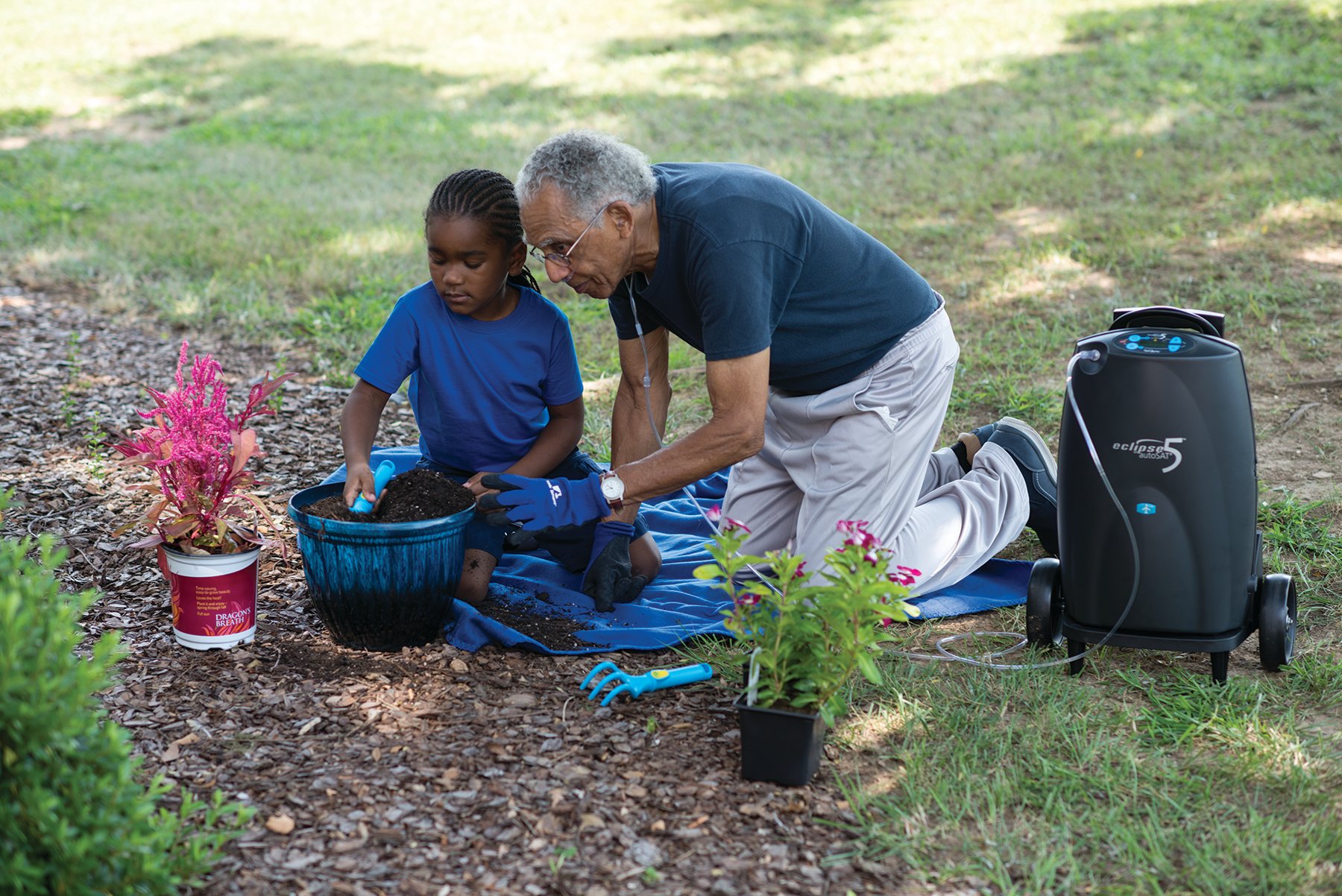
Your goal when it comes to oxygen therapy should be to continue as many of your usual activities as you can!
You should work with your doctor and oxygen supply company to get oxygen equipment that will allow you to do every activities you still enjoy. Choosing the right type of equipment for you and your lifestyle is crucial — the right portable oxygen equipment can play a major role in improving your quality of life, starting by relieving a lot of your symptoms.

Here are 10 symptoms of COPD that oxygen therapy will work to improve or relieve, and some of the benefits you reap by doing so:
- Combats breathless
- Reduces dry coughing
- Improves stamina and energy
- Increases exercise tolerance
- Strengthens muscles, joints, and bones
- Give you the ability to travel
- Improves sleep
- Increases life expectancy
- Reduces headaches and nausea
- Can improve memory
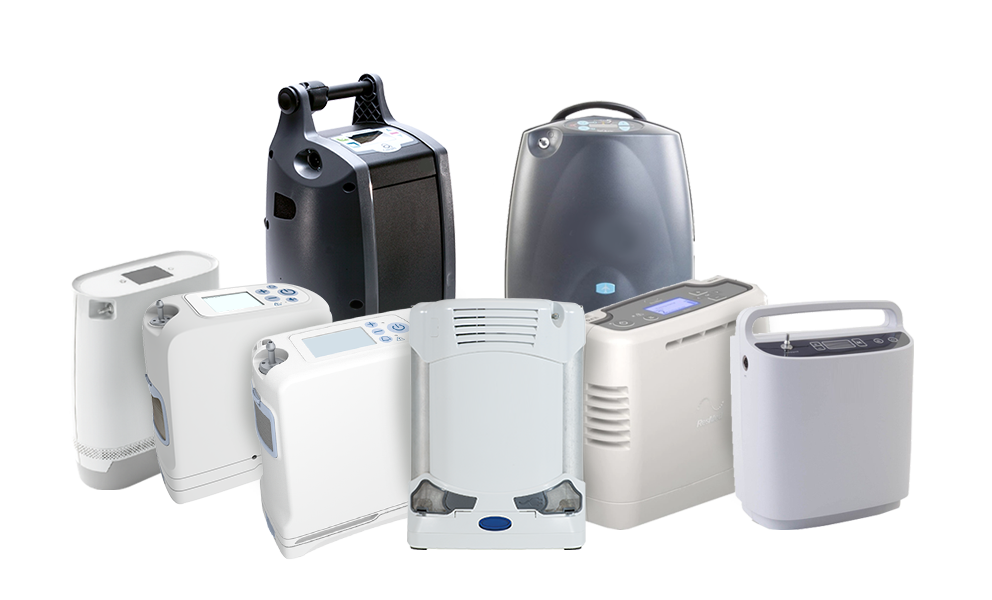
Combats breathlessness
Oxygen therapy takes away that feeling of breathlessness all times of the day. Whether you are resting or exercising, while you are using your oxygen, you should feel comfortable breathing and capable of doing things that once made you stop to catch your breath.
If you use a portable oxygen concentrator (POC), for example the Inogen One G5, you are able to carry it with you simply by slipping it into your purse, side satchel, or backpack. It only weighs 4.8 pounds, and has a pulse dose rate 1-6. So if your oxygen levels fluctuate throughout the day depending on the activities you are performing, your POC will be able to range between every oxygen source you need.
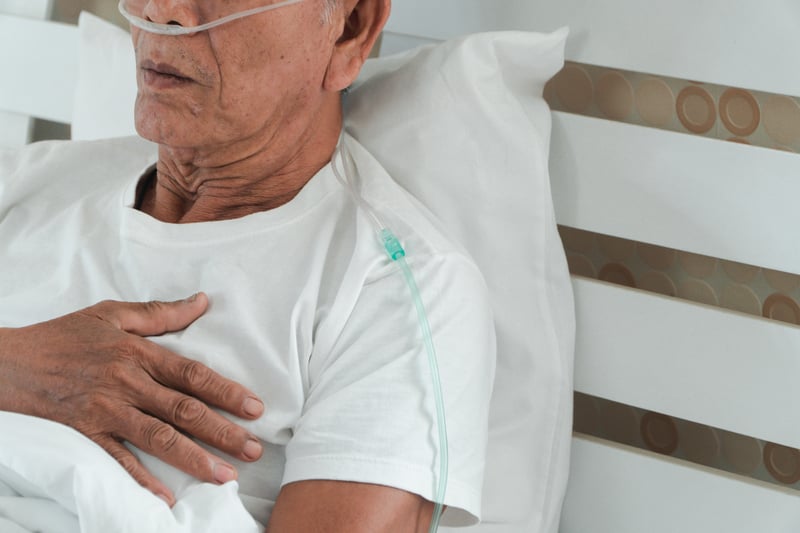
If you have very low levels of oxygen, and you require a continuous flow of oxygen while you rest or sleep, but during the day a pulse dose setting works for you, the Respironics SimplyGO POC has you covered. This unit weighs in at a mere 10 pounds and the SimplyGo is one of the smallest and lightest continuous flow portables available.
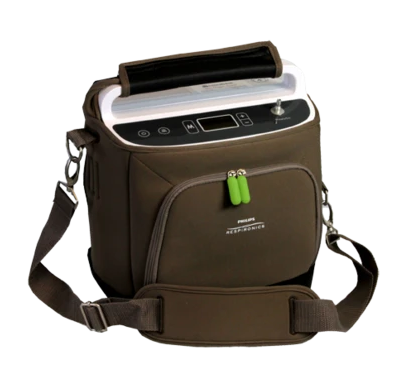
These two POC offer the same quality of life for two people with very different oxygen requirements, so whichever oxygen user you are, you can enjoy your days with little to no breathlessness.
Exacerbations, often referred to as flare ups, are caused when someone with COPD experiences extreme shortness of breath and their medications do not work in time to relieve their breathlessness, to the point where they must seek medical attention.
By using and adjusting to a portable oxygen concentrator or another form of oxygen therapy you will likely experience less flare ups and therefore spend less time in the hospital or seeking emergency medical attention.
This peace of mind alone can serve as many forms of release from COPD’s control over you, to the point where you feel in control of your disease.
Works to alleviate symptoms associated with coughing
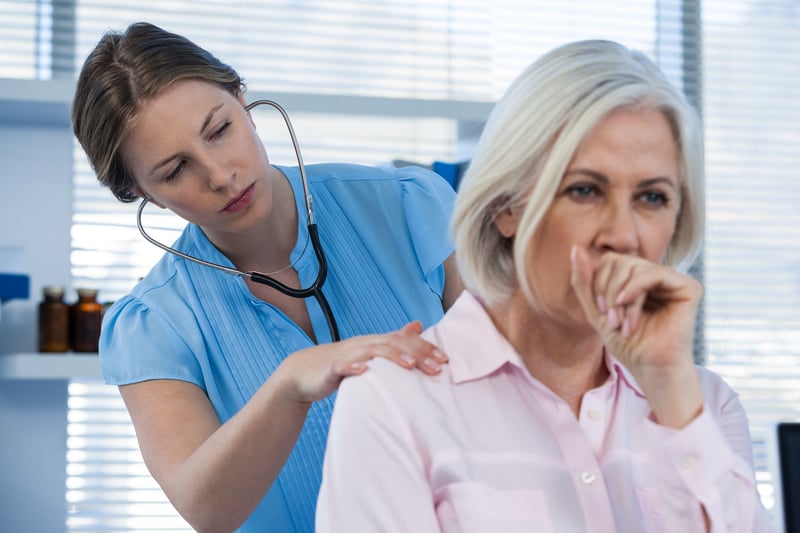
If you have COPD, you have definitely experienced a persistent cough, but did you know that a cough that brings up a healthy amount and color of mucus is actually very beneficial for your airways and lungs?
If you are coughing “correctly” you are clearing your airways that are filled with excess mucus and often swollen airways. These two factors make it hard for oxygen to pass through, thereby reducing the function and productivity of your lungs.
Read this article for tips and tricks on how to cough correctly if you have COPD.
.png)
Well, if you have COPD you probably also experience a non-productive cough, often caused by smoking, it's called a dry cough. Other coughs that are common among patients with COPD are associated with anxiety. These coughs can be relieved and treated so that you can avoid coughing at social gatherings and in public spaces where it may make you feel uncomfortable.
You can reduce the dry cough if your doctor prescribes you some prednisone. A Prednisone is an anti-inflammatory drug that helps with inflammation of your airways in your lungs. If your cough is due something else that over-the-counter cough medications are unlikely to help, there are still other things that you can do to quiet a pesky cough.
Drinking water thins out your mucus making it easier to expel, staying hydrated also soothes your dry, irritated throat. You should drink at least 8 ounces of water every two hours, and if you tend to drink caffeine you should drink even more than that!
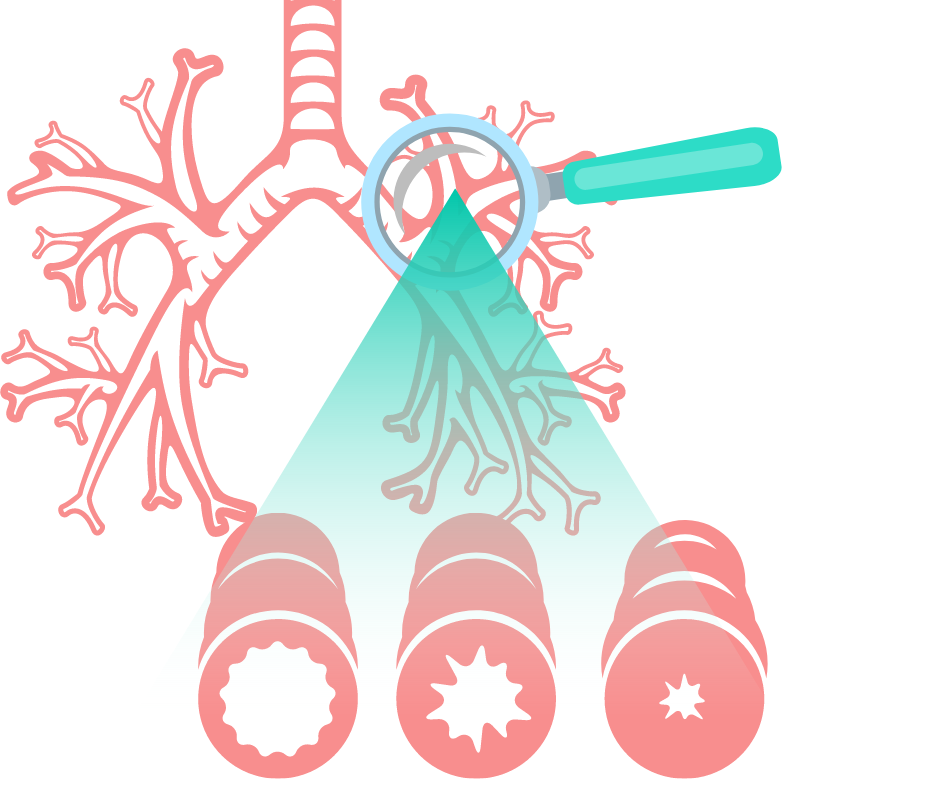
Lastly, you should try to avoid lung irritates like smoke, allergens, pollution, and other impurities in the air. These ailments can get into your lungs and stay there, making your cough last a lot longer than necessary. You can try using a humidifier in your home if you live in an arid environment to keep your throat and airways moist. Some air filters are also great for home use and can go a long way in filtering out dust and other particles in your home for fresh breathing air.
So, what does oxygen therapy have to do with a pesky cough that makes you want to stay home rather than attending your favorite annual conference or attending a social gathering? Coughing is a natural reaction that your lungs will force you to do when your airways are swollen tight and filled with mucus. Your cough alone will not clear your airways enough so that you can breathe in the amount of oxygen you need to not only be more social, but to survive.
An additional oxygen therapy prescription on top of the correct coughing techniques will get your body the oxygen it craves. You will likely start to enjoy attending more social events like you once did because you are not coughing as often, and when you do cough, you can excuse yourself to clear mucus efficiently, so you are able to get back to the festivities.
Improves stamina and energy
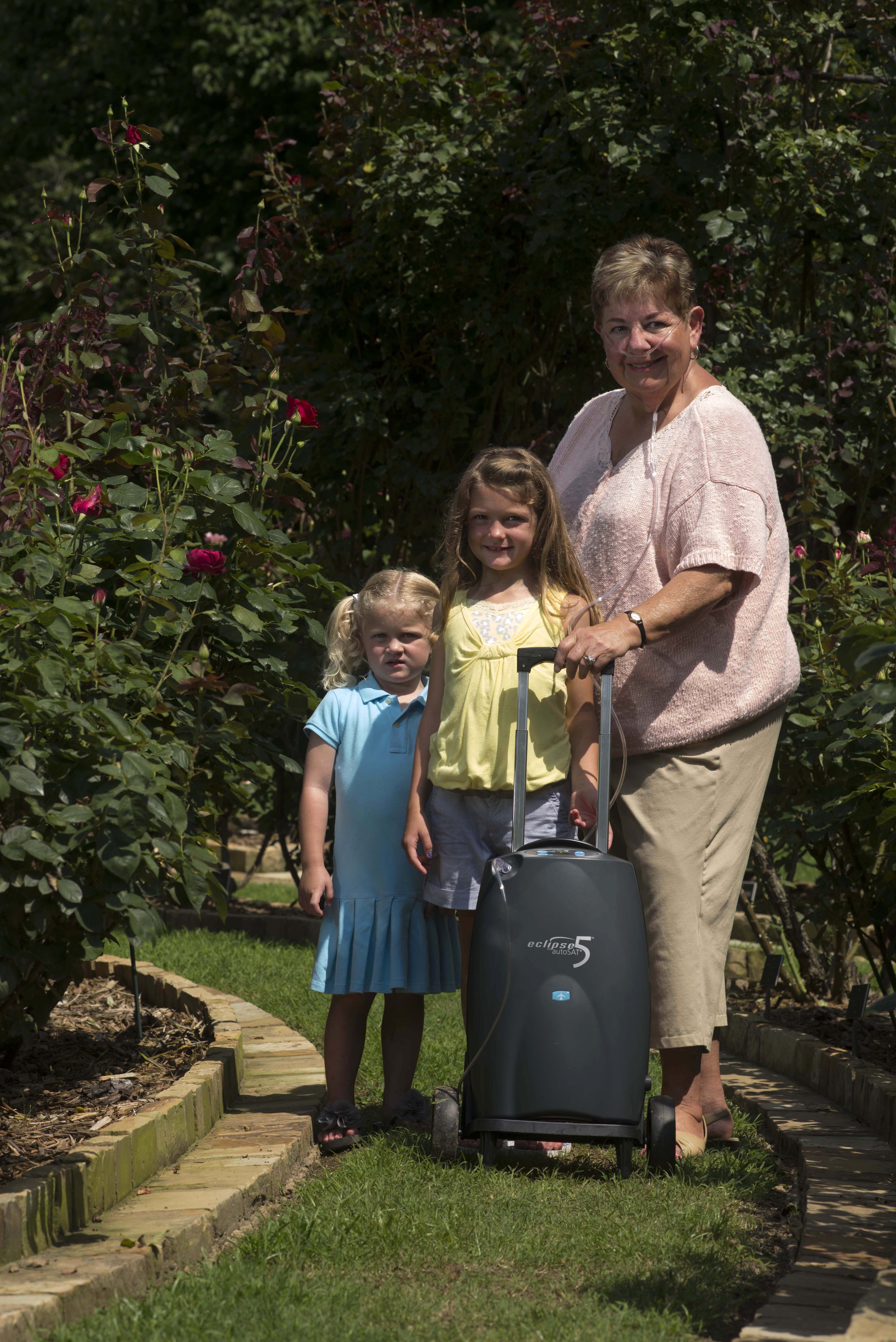
Your lack of energy may not have to do with your age at all. As we age we often find reasons to blame our tiredness on the fact that we are getting older. However, this is not always the case and if you are willing to accept that reality, it's time to take a look at your oxygen levels.
Without the proper exchange of gases, oxygen and carbon dioxide, your body can't get the oxygen it needs. When your body is low on oxygen, you will feel tired and fatigue comes more quickly when your lungs can't properly inhale and exhale air. You'll develop low blood oxygen levels, a condition called hypoxemia, which is one of the main signs associated with COPD that indicates you need oxygen therapy.
Your doctor can perform a series of respiratory tests to see what your breathing capacity is and how well your lungs are functioning. In stages one and two of COPD, your oxygen level may be sufficient enough on their own, and if you stick to a healthy and active lifestyle, you should be able to slow down the progression of your disease from becoming more severe.
{{cta('43b79c5e-6bd6-4f02-ac27-2d038d20c146','justifycenter')}}
Once your lungs require supplemental oxygen therapy, this means that you probably have reduced ability to do daily actives without experiencing severe shortness of breath, your stamina and energy have likely declined to the point where you feel lethargic or even exhausted throughout the day.
While there is no cure for COPD, oxygen therapy is essentially a cure that will boost your stamina and energy levels! Once you get adjusted to the best portable oxygen concentrator designed to fit your needs, you will be able to get back to the sports, hobbies, chores, and other aspects of your life that give you purpose!
Works with you to help improve your exercise tolerance
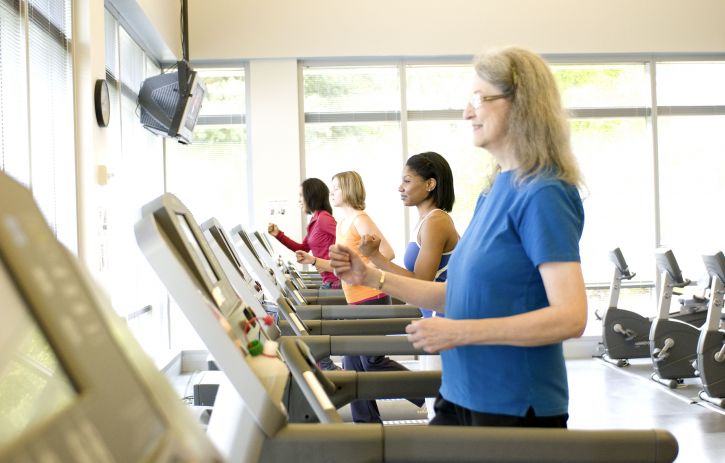
Exercise is one of the best treatments for slowing down the progression of your COPD. And before you started on oxygen therapy, you probably had no intention of exercising because simple tasks would leave you breathless. Exercise seemed out of the picture.
If you have a lightweight and battery powered portable oxygen concentrator (POC), you can go out for walks and adjust the oxygen level to the appropriate output so that you do not feel as breathless and exhausted while walking.
You can also bring your POC with you to the gym, pulmonary rehabilitation, or anywhere else that you get your daily physical activity in.
And because your blood oxygen levels are more saturated after adjusting to your supplemental oxygen, you will not feel as fatigued and you will be able to build up your exercise tolerance.
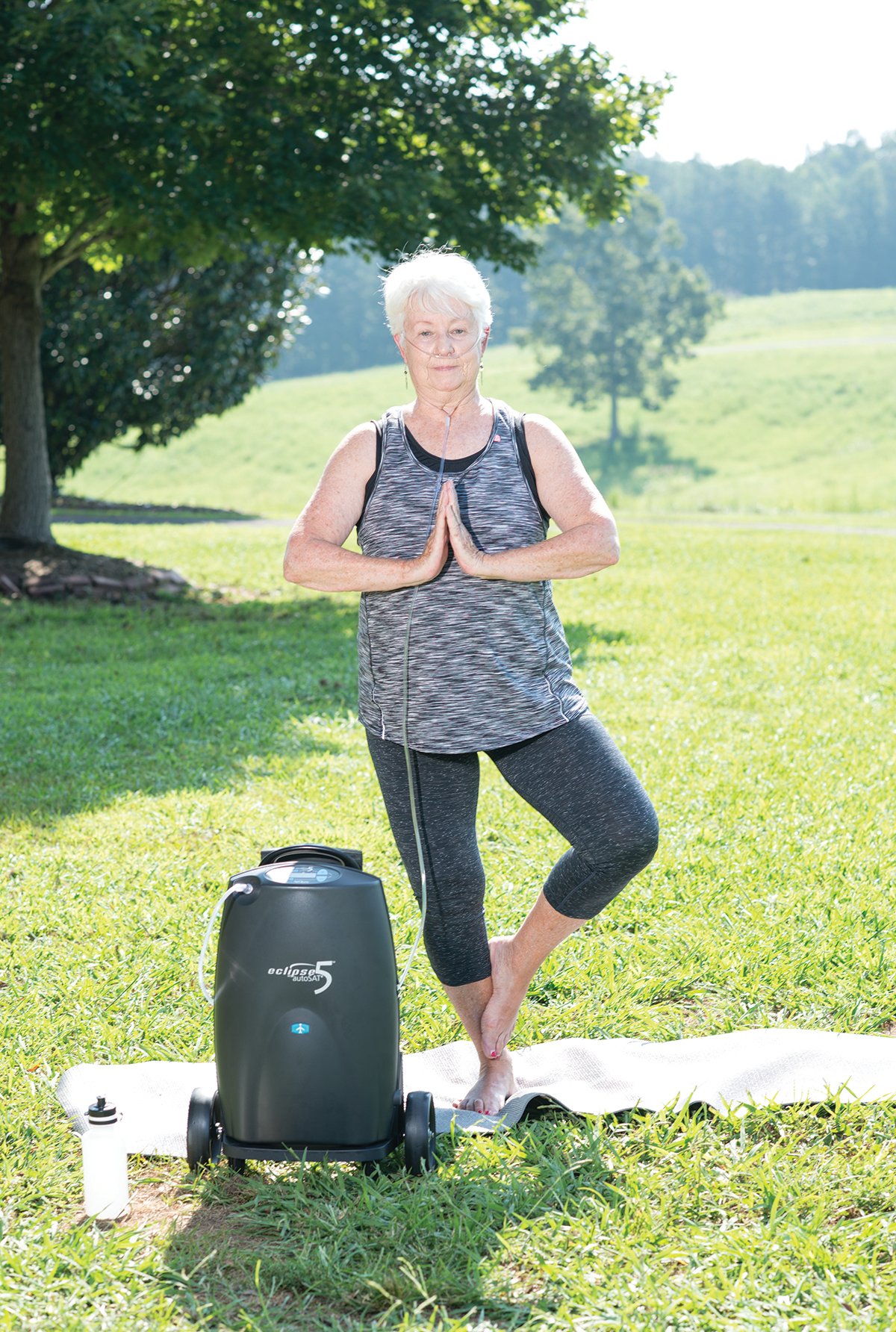
This means that you might not be able to walk to the end of the street right now, but if you start walking to and from the kitchen into the living room, and then start down the driveway from your front door, eventually you will have the ability to walk up and down the cul de sac.
By improving your exercise tolerance, you are strengthening your heart, bones, muscle and most importantly your lungs! In order for you muscles to work properly your blood must be capable of delivering oxygen-rich blood to the muscle that you are working out, so in order to do this properly with COPD, supplemental oxygen is a must.
The best portable oxygen concentrators for exercise would be a unit that is lightweight so that you can carry it while you walk, jog, bike, or do aerobics. That being said, one of the lightest portable oxygen concentrator is the Caire Freestyle Comfort, and it only weighs 5 pounds. This POC offers pulse dose oxygen delivery at any rate of 1-5, this means it can deliver anywhere from 210 mil/min (milliliters per minute) to 1050 ml/min of oxygen.
The Freestyle Comfort is a wonderful option for COPD patients that need supplemental oxygen for exercise, and throughout the day and if you do not require more than 1050 ml/min of oxygen.
But many COPD patients require a continuous flow of oxygen to start or continue to exercise, others just require a higher pulse dosage.
In the case of the latter, the Respironic SimplyGO portable oxygen concentrator is an option for people who need a pulse flow settings 1-6 or continuous flow settings 0.5-2.0 LPM. This unit weights almost 10 pounds, which is slightly heavier than the other units we have discussed in this article, but that is nothing to shy away from!
You can use your POC with a portable travel cart, and research has shown the travel cart makes it much easier for a patient to bring their oxygen with them. For example, it can take less energy to pull an 18 pound unit behind you than it takes to carry a 5 pound machine so there's no need to be afraid of the larger machines.
No matter what your oxygen requirements are, a certain amount of exercise is right for you. It is up to you to take the initiatives and start somewhere where you can build up strength and endurance, and with the help of the right oxygen equipment, you can get anywhere!
Strengthens muscles, joints, and bones
Similarly to the section above about exercise, oxygen therapy can help to strengthen your muscles, joints, and bones. Now, it is important to understand that using your portable oxygen concentrator or any form of oxygen therapy will not strength your body on its own, simply by you breathing it in.
However, by adjusting and adapting to your oxygen therapy, this will give you the “tools” you need to be successful in training, exercising, and building strength.
Allows you to travel worry free
While there is no direct “symptom” of COPD that says you cannot travel, the condition does impose a lot of challenges when it comes to travel, whether it's traveling by car, airplane or boat.
The only “cure” for travel with COPD when you need oxygen therapy, is a portable oxygen concentrator. This is because if you have a liquid oxygen tank or a gas cylinder that you rely on most of the day and night, you are not allowed to travel by plane with one of these oxygen tanks.
A portable oxygen concentrator is FAA approved! This means that you can bring your POC on the airplane with you.
The SeQual Eclipse 5 portable oxygen concentrator may be heavier than other POCs like the Inogen One G3, G4, and G5, but this unit is still very easy to travel with and perfect for everyday use. It comes with a wheeled travel cart that makes pulling your concentrator behind you seem effortless.
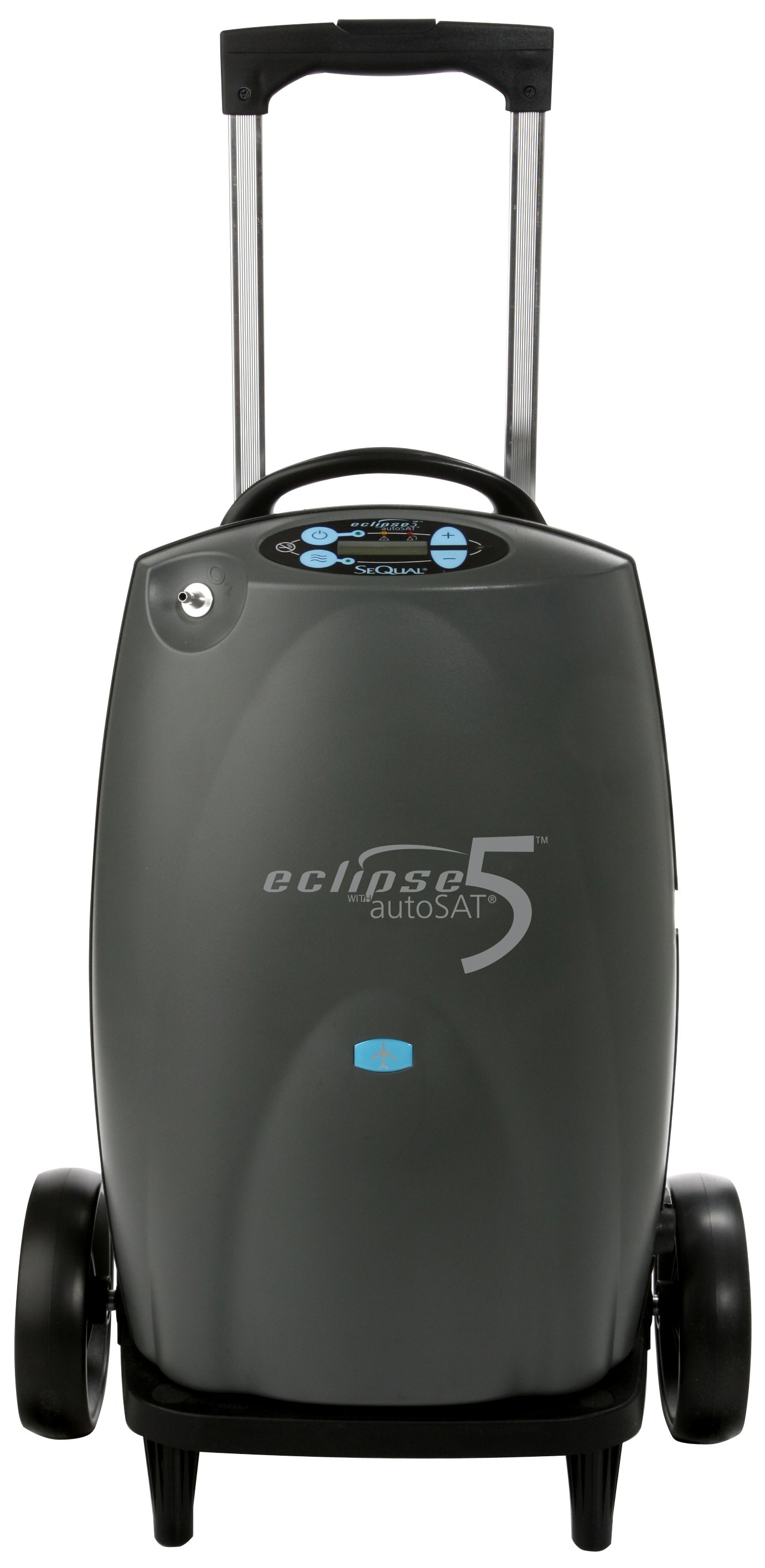
The travel cart is equipped with oversized wheels, an elevated platform, and a telescopic handle. The oversized wheels and elevated platform make going up curbs and stairs a breeze. They also help protect your concentrator from water when you have to go over puddles or when it’s snowing.
The telescopic handle lets you adjust the travel cart to the height that is most comfortable for you! And if you ever need to store your concentrator the handle slides all the way down and locks. So if you’re traveling you can keep your SeQual on the travel cart and it will still fit underneath the seat in front of you!
If you are eager to get back to traveling, it is time to look into which POC will meet your oxygen requirements.
Helps you sleep more soundly
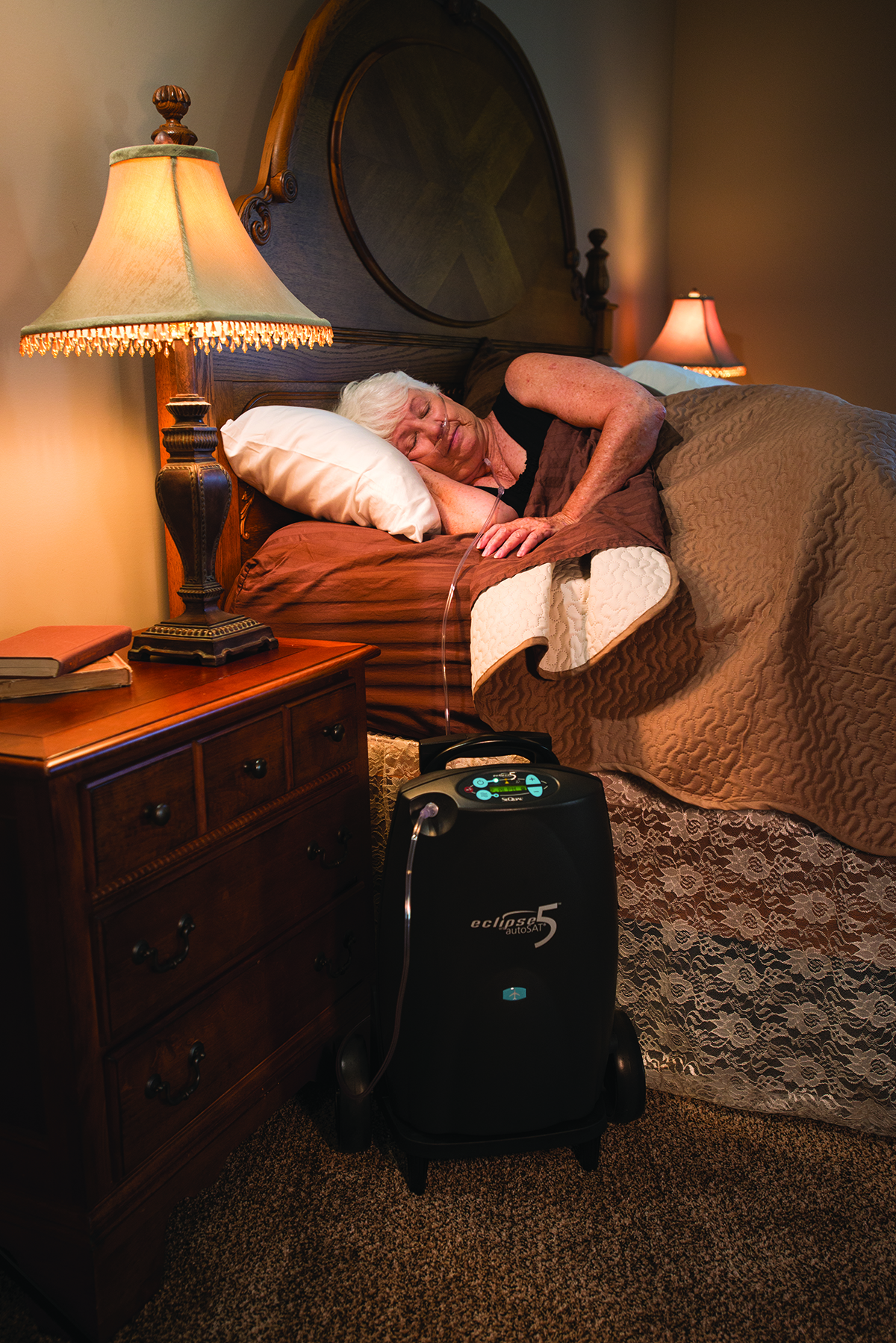
Oxygen therapy is shown to improve the quality of your sleep. This is because the lack of oxygen can wake you up while you are in the REM cycle of your sleep.
Many people with COPD also have obstructive sleep apnea. Therefore, you probably already use a CPAP or BiPAP machine while you sleep to keep your airways open and keep them from collapsing with every inhale and exhale.
If so it is important to have a POC that is compatible with your CPAP and BiPAP machine.
No matter what your oxygen requirements are at night, LPT medical has the right unit that will work for you, and all of our units can hook up to your CPAP and BiPAP machine. That being said it is very important you talk to your doctor about using oxygen at night, and whether or not this decision is right for you.
Can add years to your life
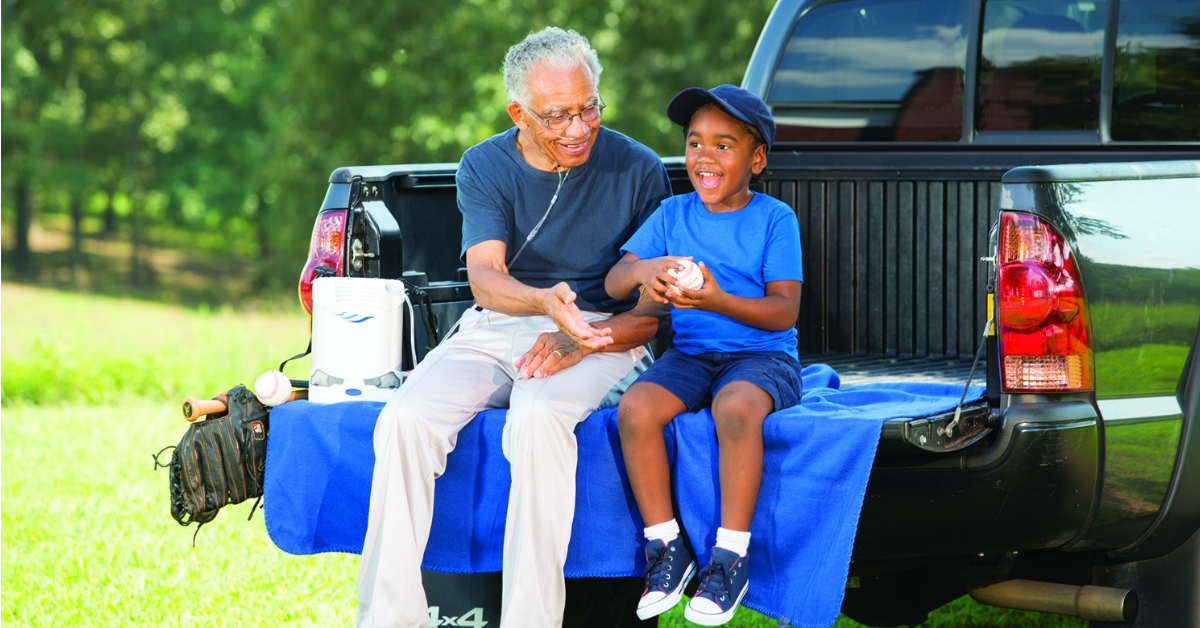
COPD is a chronic illness, meaning there is no cure, and therefore the disease will progress into a more severe state. Nevertheless, there are plenty of lifestyle changes, treatments, medications, and therapies that will slow down the progression of your disease, thereby adding years to your life.
By far, the most important benefit of long-term oxygen therapy (LTOT) is that it may prolong your life, especially if you have COPD with severe resting hypoxemia (low levels of oxygen in your blood) and/or you use oxygen continuously rather than just at night or sporadically.
A combination of healthy choices and medication will get you very far in slowing down the progression of your COPD.
Life expectancy for people with COPD can be predicted by assessing body mass index (BMI), airway obstruction, dyspnea (Breathlessness), and your exercise capacity. After these value are taken into account, your doctor can give you an average of year you are expected to live
In the end, the average life expectancy for people with COPD is just that—an average estimation. You can exceed expectations by taking control and addressing the factors that you can change.
Relives headaches and nausea

One of the more obvious symptoms oxygen therapy can relieve, is reducing COPD related headaches and nausea.
Headaches and that nauseous feeling are often caused by the lack of oxygen reaching your brain. This goes for everyone and not just people with COPD. Have you hiked a mountain top,or been to a town at high elevation where the air is thinner? At high altitudes there is less oxygen in the air, and therefore less oxygen you can breath in, and in these condition someone might experience “altitude sickness”
Altitude sickness causes someone to feel dizzy, nauseous and will also induce a painful head all, all because your body is not getting the amount of oxygen it is used to when you are at lower elevations. A simple cure is to relax, and drink plenty of water and avoid alcohol.
{{cta('fa8abc2a-1e88-4fa3-82fd-1cb5b9ed43b2','justifycenter')}}
But if you have COPD, drinking water may help your headache or other symptoms, but not always and not for long. Eventually your headaches will not feel better after drinking water and oxygen therapy is the best solution.
Once these pesky symptoms of COPD induced dyspnea are relieved, you can get back to doing the things you enjoy, rather than being held back by a bad headache or feeling nauseous.
Can help to improve your memory
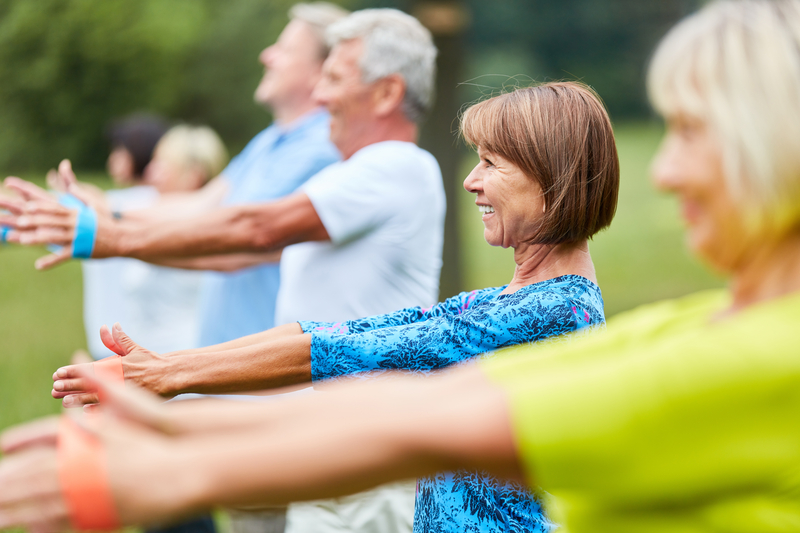
Several studies show that using oxygen at home for more than 15 hours a day increases quality of life, oxygen therapy has good short-term and long-term effects in people who have COPD.
Using oxygen may also improve confusion and memory problems.
Getting back to the daily life you are used to

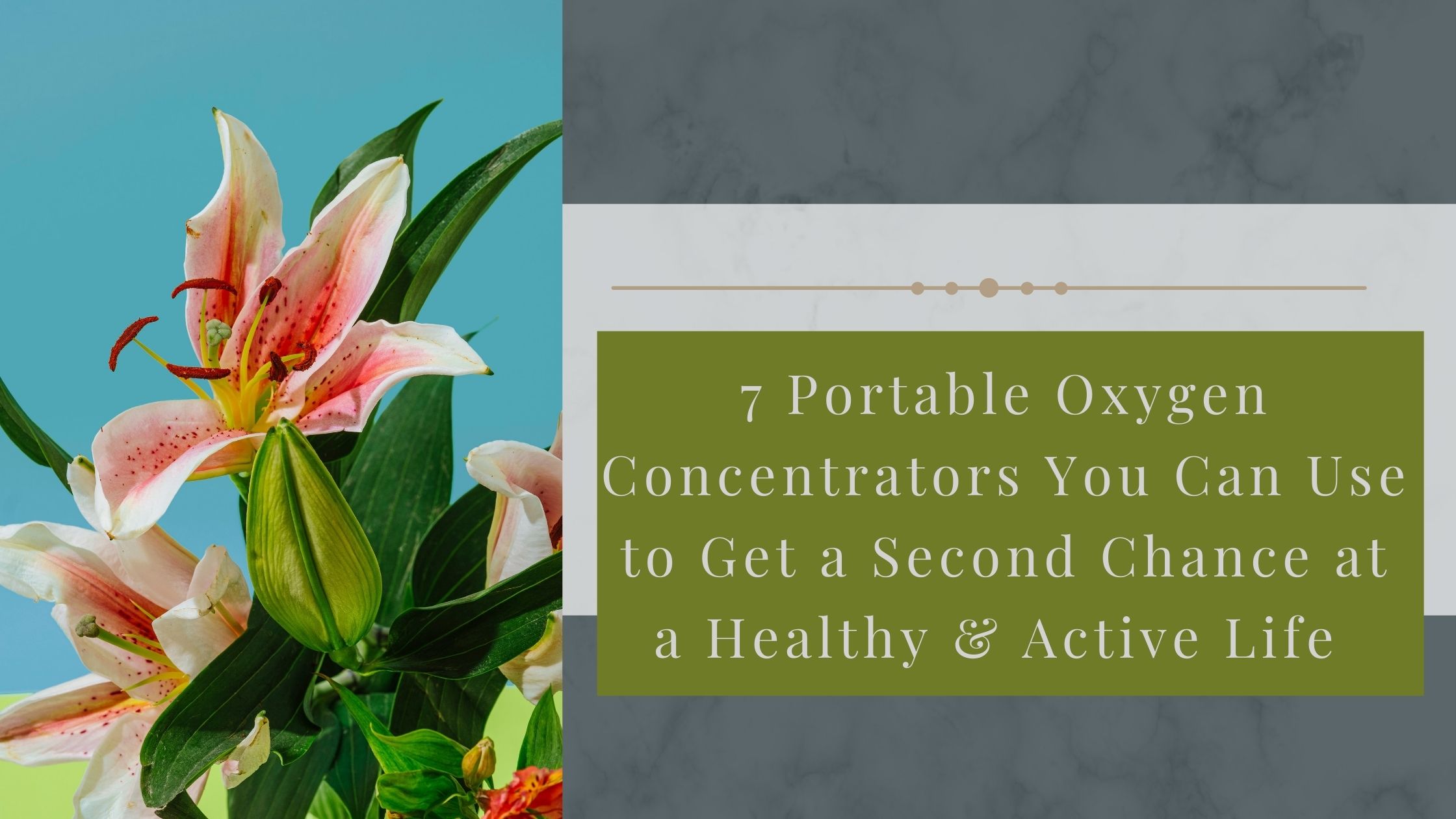
It is true that when people are diagnosed with chronic obstructive pulmonary disease (COPD) or any other chronic respiratory illness their lives change forever.
Even though you might feel physically the exact same way leaving the doctor's office that day as you did when you walked in, your mentality is noticeably different. After you are diagnosed with COPD or once you have reached a point in your diagnosis where you need to be out on oxygen you are given another chance.
{{cta('43b79c5e-6bd6-4f02-ac27-2d038d20c146','justifycenter')}}
It is not a death sentence, and it should not be treated as one. You can look at this moment as a second chance.
Now you know why you are coughing excessively, feeling tired, short of breath, moody and all of the things you were experiencing are due to something in your body that isn’t exactly right. And while that thing that isn’t exactly right is not curable, you can treat it and make it more manageable day to day.
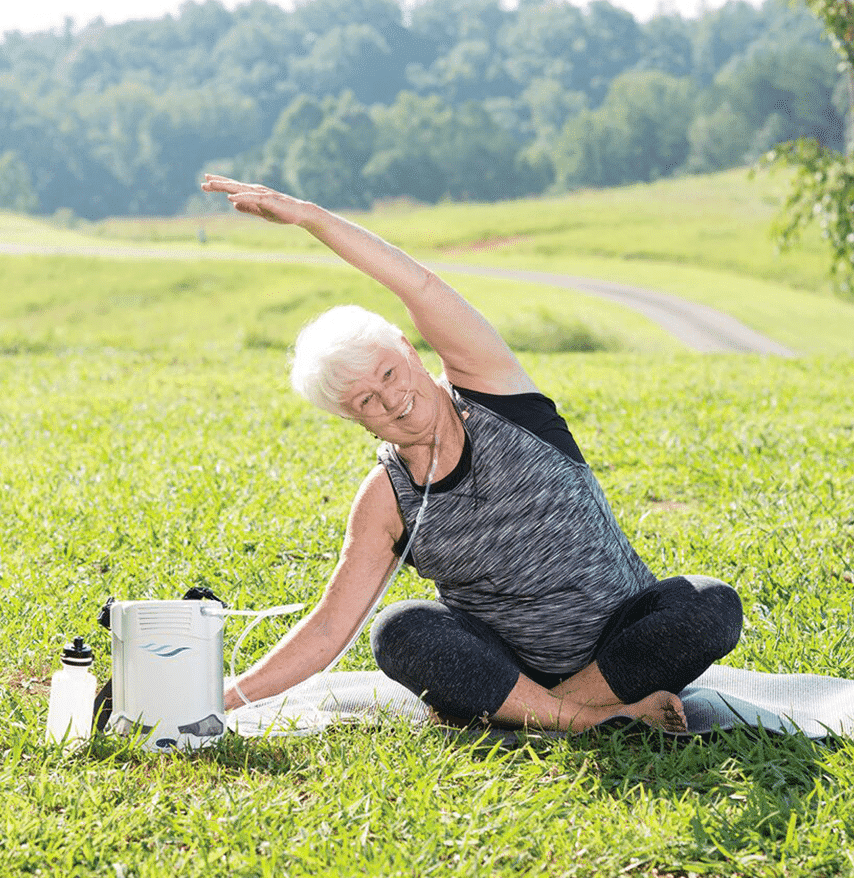
There are levels of severity of COPD that are broken down based on your lungs capacity and their ability to do their job! At a certain point in your diagnosis, there may come a time where you need extra help getting oxygen pumping through your body.
You will go through a series of tests that will display to you doctor whether or not you need supplemental oxygen therapy. As with any prescription drug, you will be prescribed medical oxygen, and within your prescription will be instructions on how much oxygen you need and when.
.jpg)
Supplemental oxygen therapy is designed to help you improve your lifestyle and quality of life. And similarly to prescription medication, too much is too much and too little isn’t enough, so be sure you follow your doctor's instructions when it comes to oxygen therapy.
This also means it's essential to have an oxygen therapy device that can handle your oxygen needs. You can either go with an oxygen tank or a portable oxygen concentrator (POC).
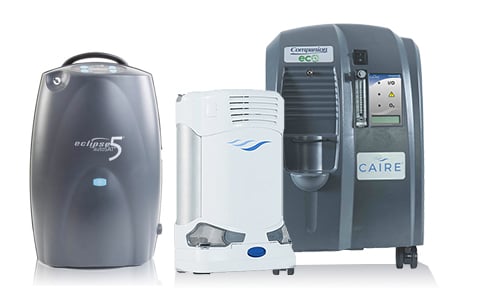
Both devices will give you oxygen, but one device is an older more traditional source of oxygen (tanks) while the other (POCs) is a newer more advanced device that has a number of qualities that make everyday life easier.
To learn more about you oxygen therapy options read this blog: Upgrading From an Oxygen Tank to the Respironics SimplyGo Portable Oxygen Concentrator
So let's get down to it… Once you get that oxygen therapy prescription, your oxygen therapy gives you another chance to treat your disease so it is more manageable and you symptoms are less intrusive.

Oxygen therapy is also the one treatment that has actually been proven to add years to your life, and not only time, but quality time where you can eat right, exercise, and sleep well (if you put in the work).
This is not to say that there will be hard days, COPD and respiratory illness across the board are no joke, and they affect millions of people across the world.
How Oxygen Therapy Can Save your Life
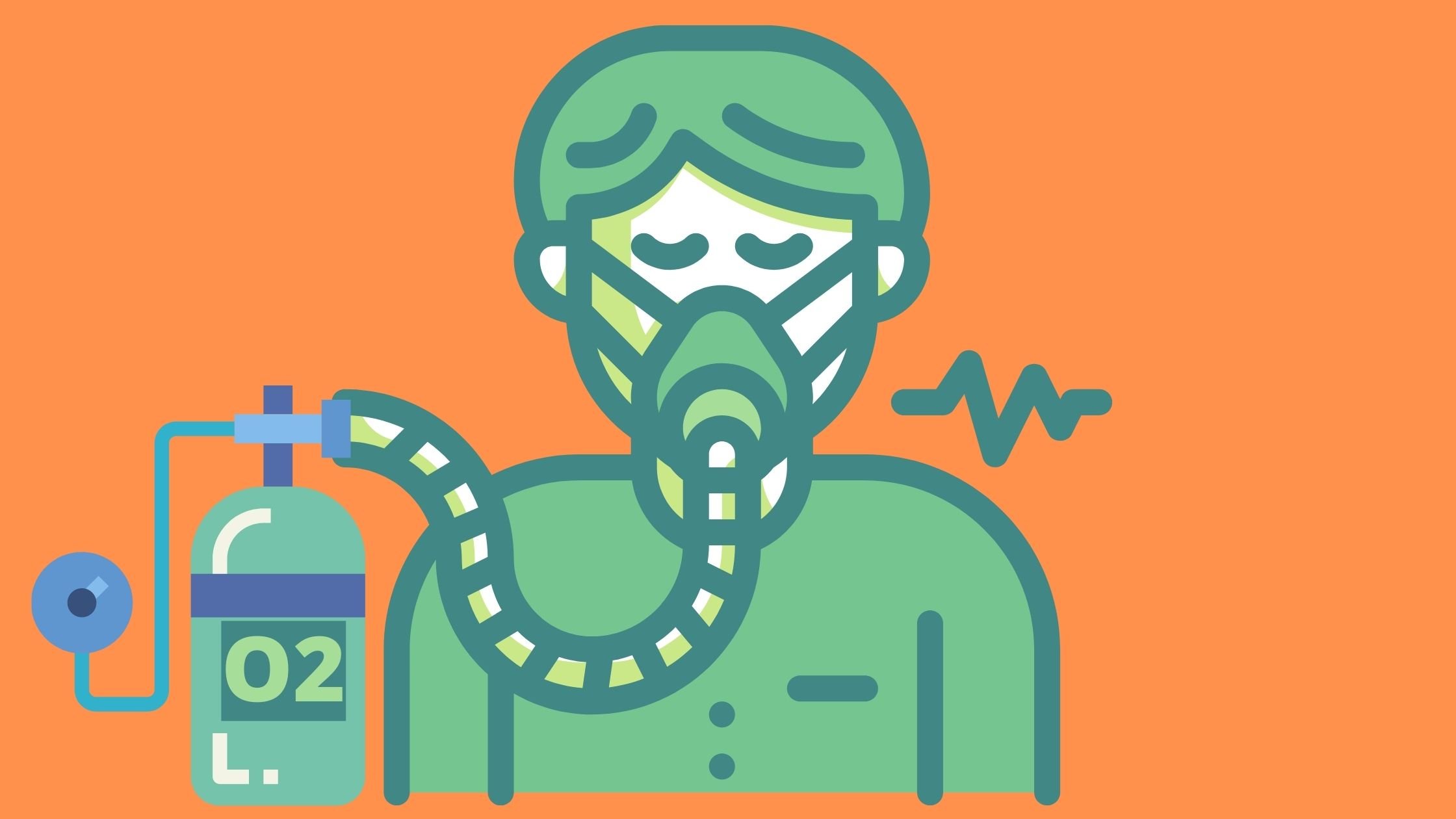
When you get on oxygen you will be sourcing your lungs with extra medical grade pure oxygen so that oxygen can move fluidly throughout your blood and muscles.
With the help of you oxygen therapy you will have an easier time getting to sleep and staying asleep. Exercise will come more easily because you won't fee las tired or short of breath. Oxygen therapy is giving you the tools to live an active and healthy life, so it is not not only extending your life but improving the quality of life you have.
Here are the 7 portable oxygen concentrators, and their most attractive features, that will help you live a long and healthy life.
Inogen One G4
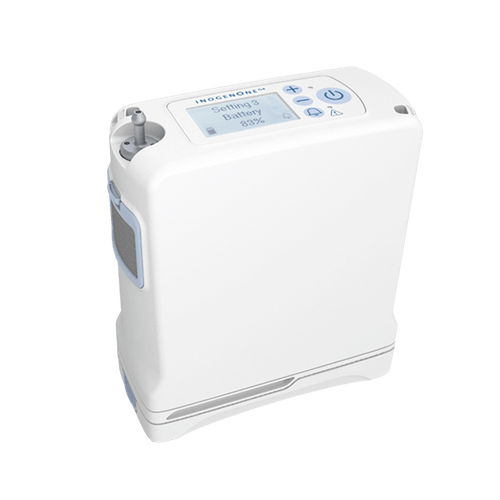
The Inogen One G4 is a pulse flow device, it only weighs 2.8 pounds, that's no more than a basic laptop computer.
Caire Freestyle Comfort
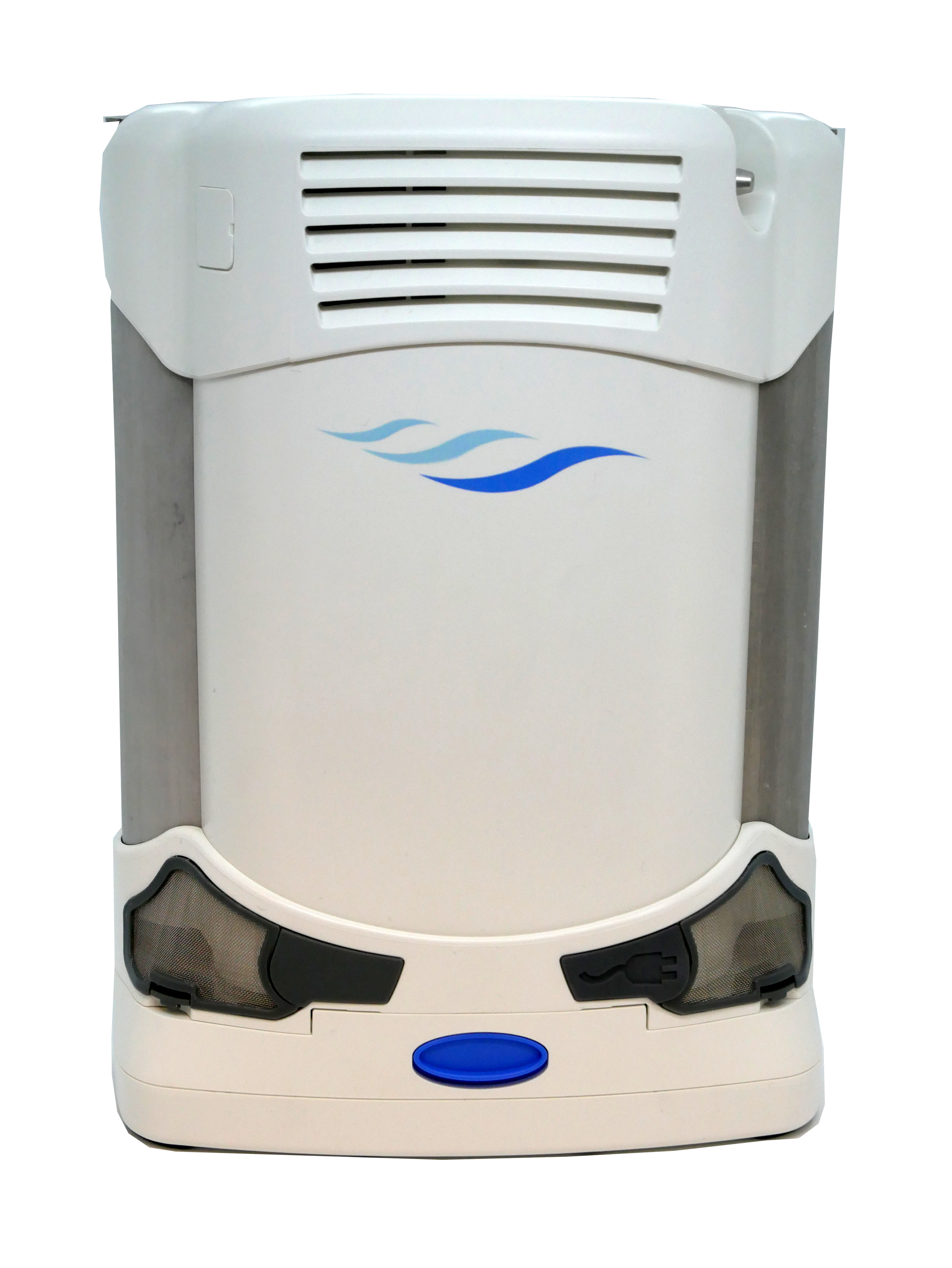
The Caire Freestyle Comfort is also a pulse flow device, it has a long lasting battery life. With the double battery installed it can last for up to 8 hours on a setting of 2 LMP.
Inogen One G5
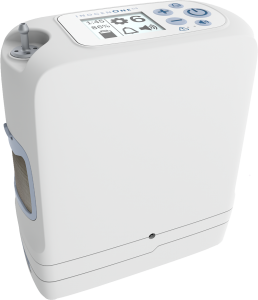
The Inogen One G5 is the most popular pulse flow device on the market because it is so powerful. It can operate on any setting 1-6 LPM without sacrificing battery life.
Respironics SimplyGo
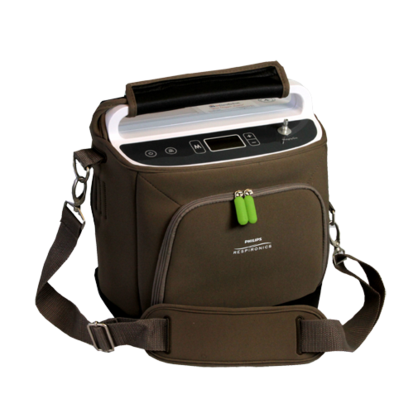
The Respironics SimplyGo is the lightest continuous flow portable oxygen concentrator. It weighs 10 pounds and can give off pulse or continuous oxygen depending on the setting you set it to.
Oxlife Freedom
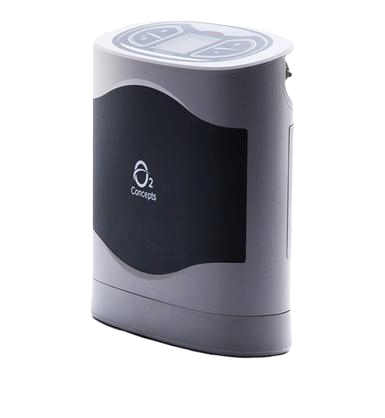
The Oxlife Freedom is a pulse flow device that is the first of its kind. It is equipped with tools to help oxygen patients and their healthcare providers better manage their respiratory conditions! The built in DNA or Dynamic Network Analysis is cutting edge technology that allows your healthcare provider to more closely monitor your oxygen use.
Oxlife Independence
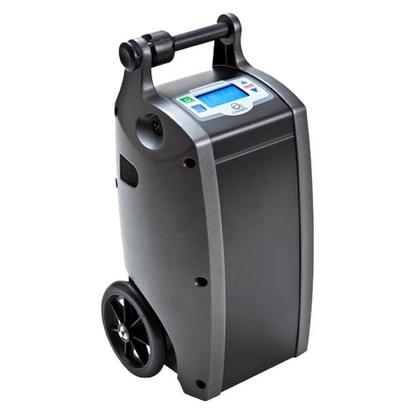
The Oxlife Independence portable oxygen concentrator is a continuous and pulse flow device is also the first of its kind. It is the world’s first “smart” portable oxygen concentrator. It is equipped with the same DNA technology inside the Oxlife Freedom which is powered by the Verizon network. The Oxlife Independence can monitor your usage and corresponding environmental conditions to adapt and proactively support your needs. It tracks vital data like hours used, breathing rate, ambulation, and more!
SeQual Eclipse 5
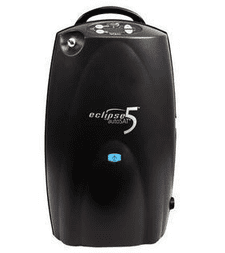
The SeQual Eclipse 5 is both a continuous and pulse flow device. It is known for offering the highest oxygen output on the market, gets good battery life, and it was also designed for the US Military.. It is one of the most popular continuous flow portable oxygen concentrators on the market because of its long-standing track record for being durable and reliable. If it’s good enough for the US Military, that should tell you something.
Staying On Track to Live A Healthy Life on Oxygen
If any of these portable oxygen concentrators are calling your name, simply call 1(800)-946-1201 to speak with an oxygen specialist about their other features and how it can fit into your life!
{{cta('fa8abc2a-1e88-4fa3-82fd-1cb5b9ed43b2','justifycenter')}}
Once you have an oxygen device that you trust you can start adjusting your lifestyle to a more positive and active one that cultivates more energy and happiness. We would like to leave you with some positive suggestions for everyday life that will make the challenges you face dealing with respiratory disease more manageable.
Keep a Journal
Keeping track of your oxygen levels, symptoms, triggers, and health related issues are valuable for you and your doctor. This can give your doctor an inside look at your life at home, and how your symptoms evolve and change so they can advise a course of action and treatment plan that works for you.
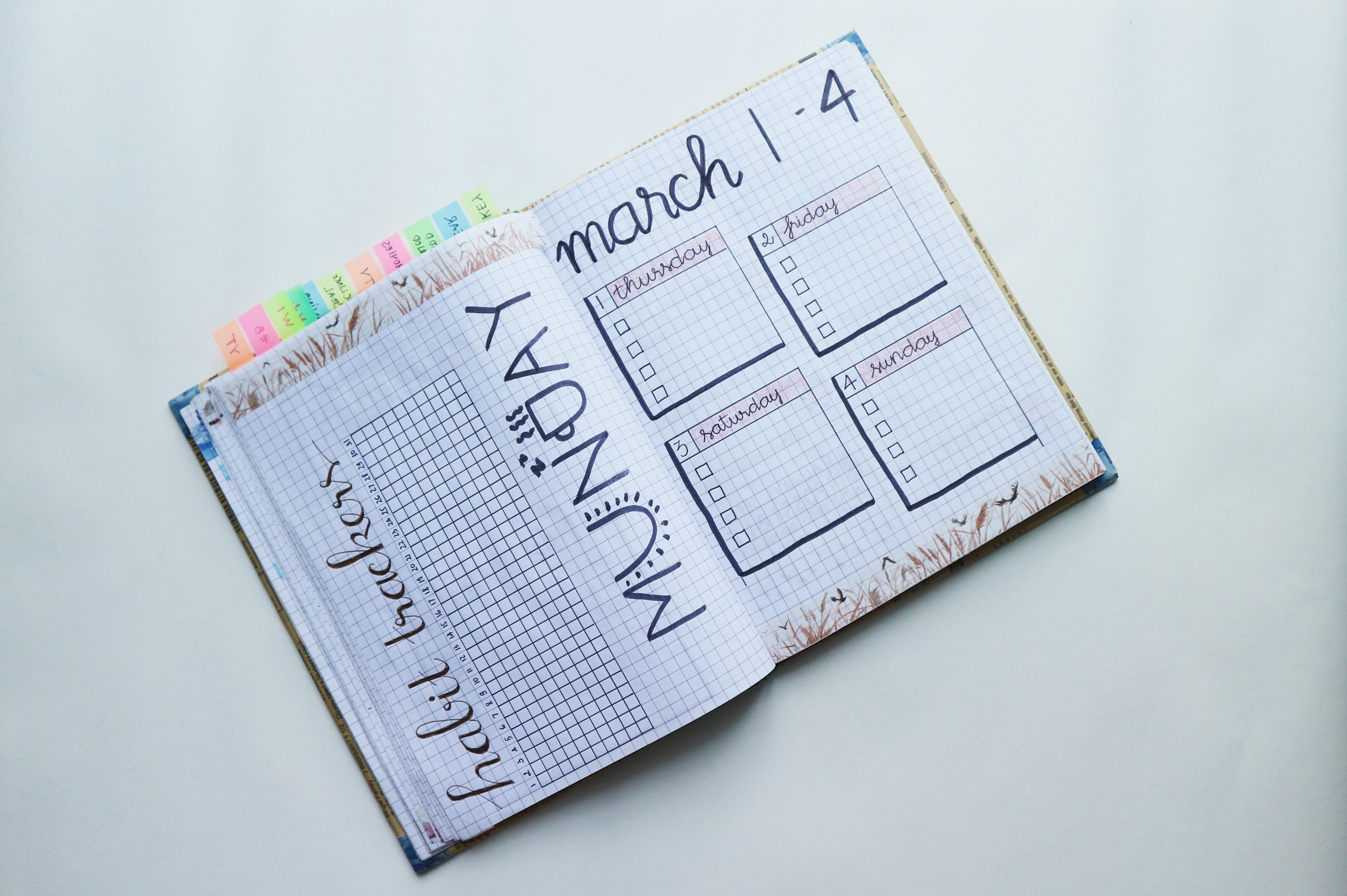
It is also valuable to jot down your emotions, to do lists, write down goals, and stories. Writing ignites a creative part of your brain, that like your muscles need exercise.
Even if you haven't written anything down for years, it is never too late to pick up a pen and paper and write down your struggles, achievements and everything in between.
You will be surprised how helpful it is to make decisions when you create a pros and cons list, or how writing down something that happened to you that day can enhance your memory.
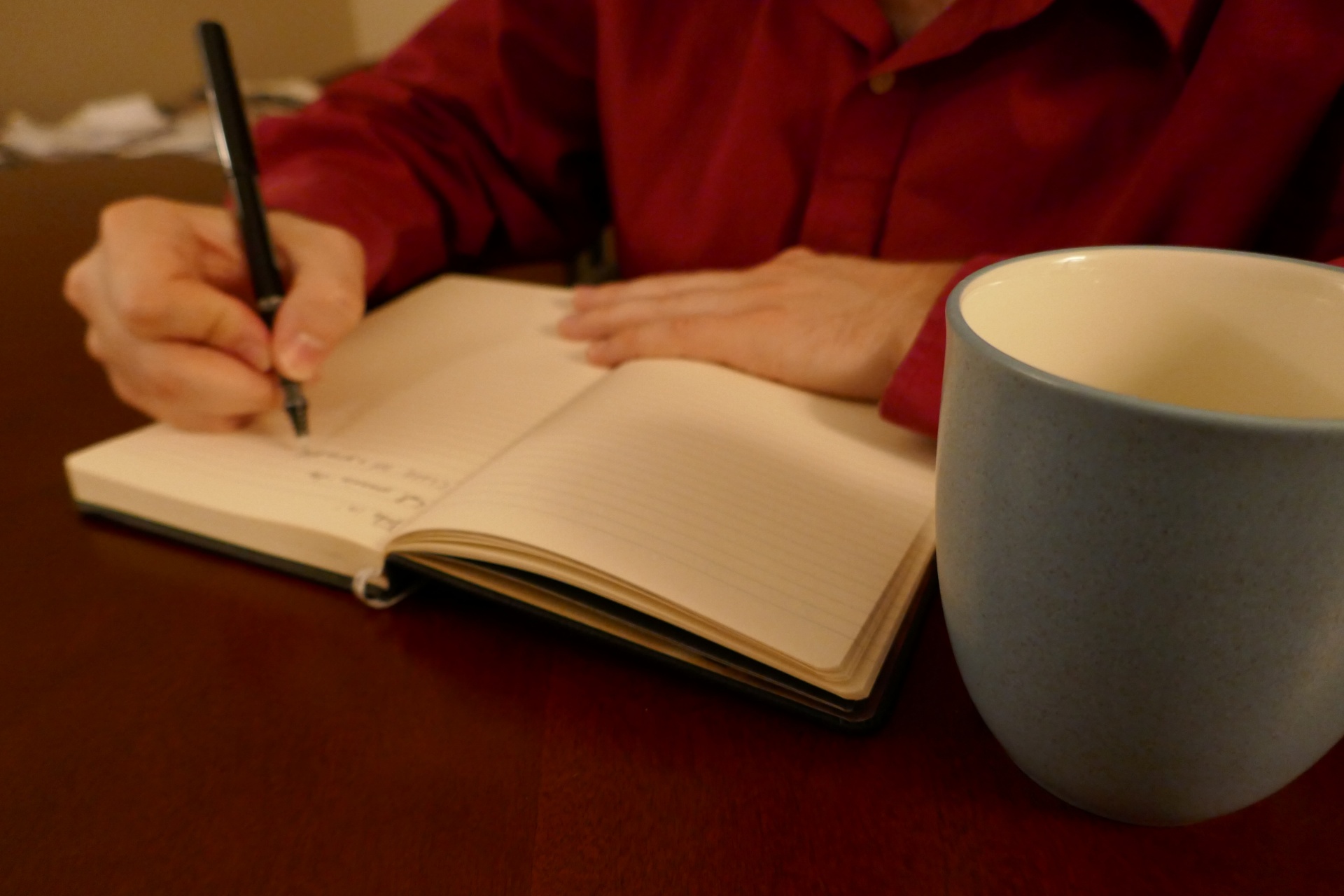
Exercise in the Water
We hear all the time that oxygen patients also require exercise as treatment. But for many, exercise can cause a lot of other issues throughout the body.
People with COPD may have muscle or bone conditions that make exercise painful and high impact workouts can be impossible. Water exercises give you the alternative for a less stress induced workout on the body.
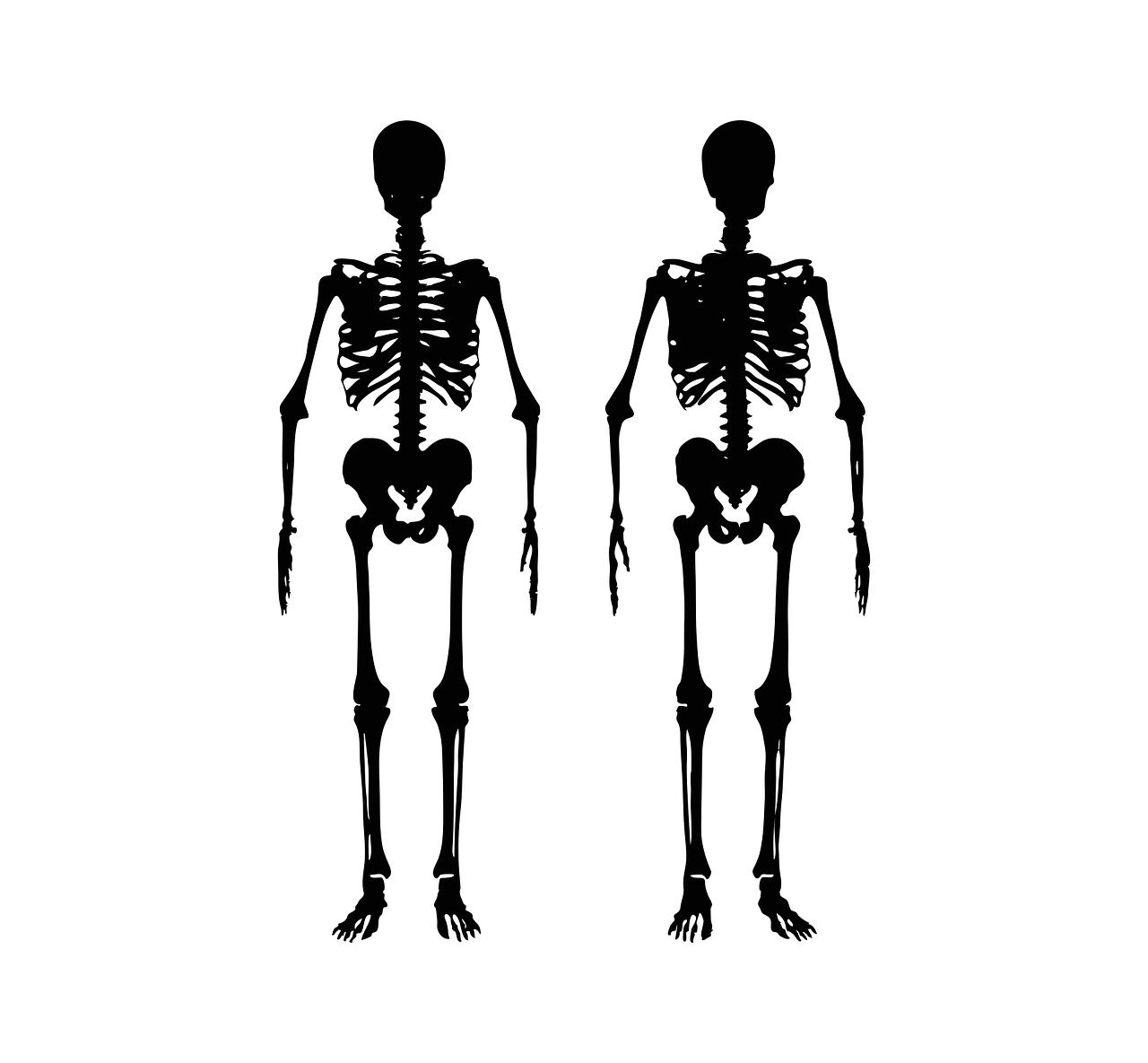
A 2013 study found that water-based exercises might increase a person’s exercise capacity and quality of life. In people with COPD and physical disabilities, water-based exercises were more effective than both land-based exercise and no exercise.
The researchers suggested that these effects might be due to the unique properties of water, which support body weight through buoyancy and provide resistance to increase exercise intensity
Breathing with Purpose to Avoid Excess Anxiety
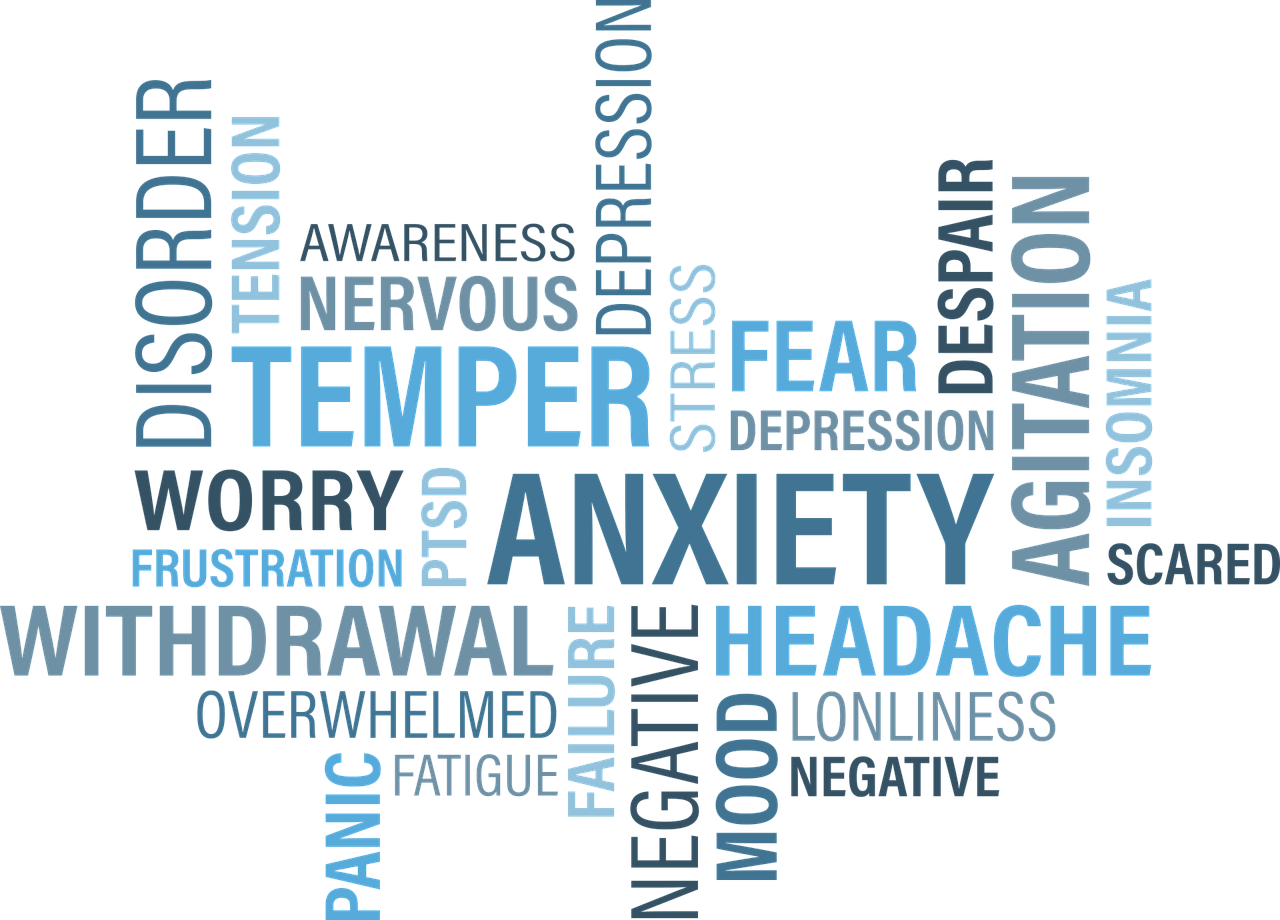
Avoiding stress and anxiety are two big ones when it comes to easing COPD symptoms. Breathing can be directly related to relaxation or lack there of.
Anxiety will come up for the patient and caretakers for everyone with chronic illness. The very real stressors that come with chronic illness include medical emergencies, financial worries, everyday care issues.
So these stressors are unavoidable, and the emotional distress can trigger a physical reaction that may lead to you being hospitalized for exacerbated symptoms, known as a COPD flare up.
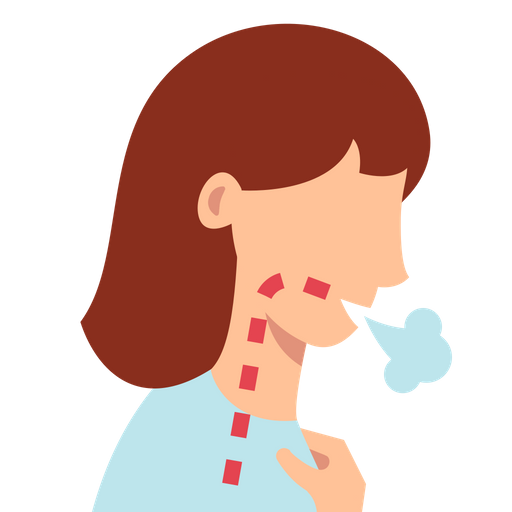
Naturally when humans feel afraid or upset, the heart rate, and blood pressure increase, this causes the breathing to speed up. Anxiety and fast breathing means more shortness of breath. For people with respiratory disease who already suffer from shortness of breath, this can generate even more anxiety, which causes further shortness of breath…It’s a toxic cycle.
So how can you and your caretaker help each other learn to relax in these moments? Try following three basic relaxation techniques from the Crossroads Hospice online resource center:
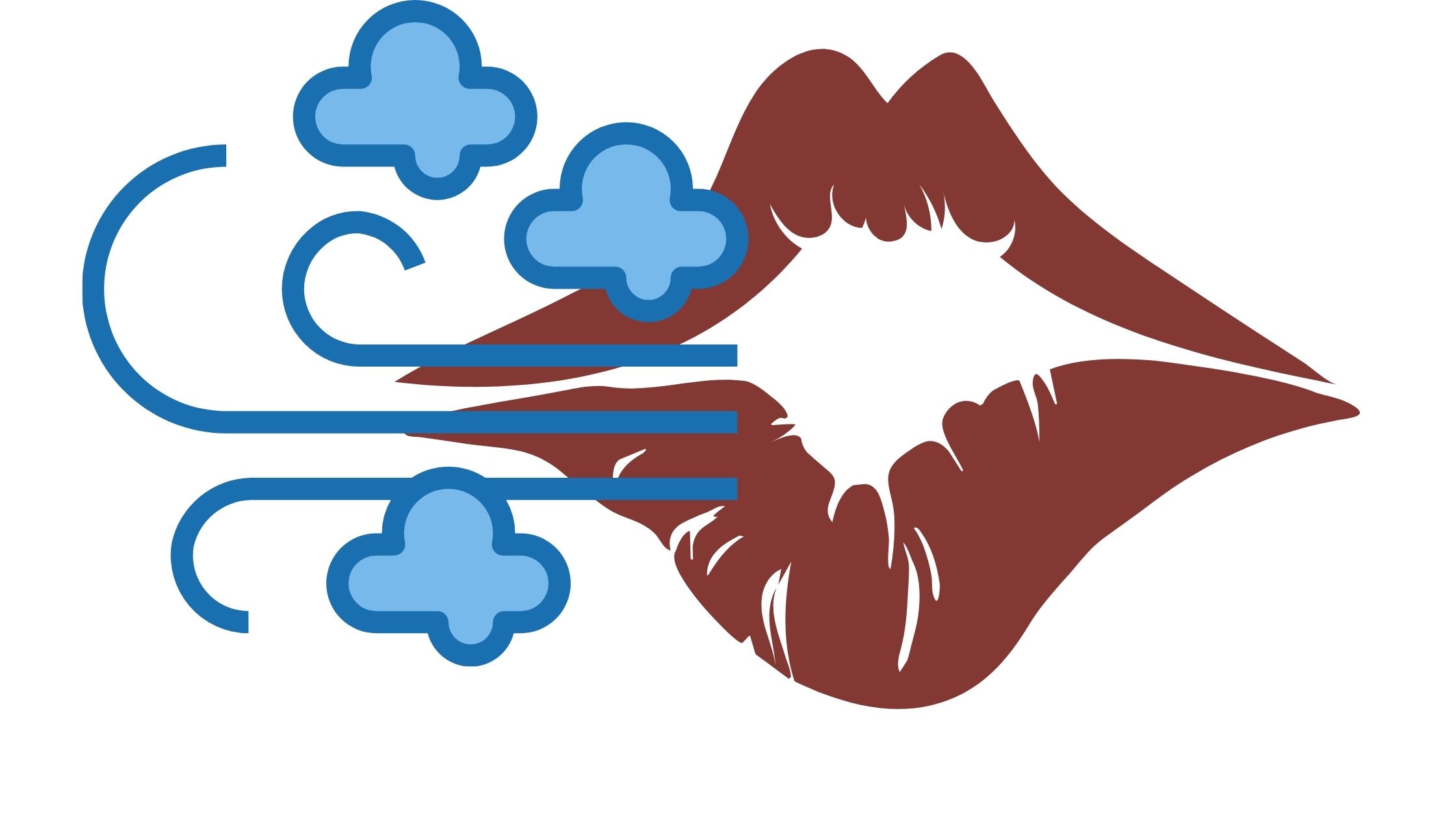
Take 10 minute to do each of the following breathing techniques:
- Deep breathing. Sit comfortably, feet on the floor. Put one hand on your chest, the other just under your ribs. Breathe slowly through your nose, counting to five. Only the hand at your belly should rise. Exhale slowly, counting to five. Repeat.
- Muscle relaxation. Lie down or sit comfortably. Starting with your toes, tense and relax your muscles, moving up your body to calves, thighs, etc. Count to five while tensing and to 30 while relaxing. Notice the difference between tense and relaxed.
- Visualization. In a quiet place, lie down or sit comfortably. Imagine yourself at your favorite place of tranquility (beach, mountains, etc.). Bring in as many elements of the place as you can: what you would be seeing, smelling, hearing, touching.
Managing Fatigue Effectively
![]()
It's common for COPD patients and oxygen users to “run out of gas” even when doing simple things around the house.
You can learn to conserve energy—The energy that keeps you awake and moving around—so you are able to enjoy activities and exercise that you love to do for longer.
Try getting into the rhythm of this simple strategy- Understand that you have a limited amount of energy each day. If you’re mindful of how you use that energy by creating a daily routine, for chorus, everyday necessities, any medical treatment, and exercise and life’s pleasures.
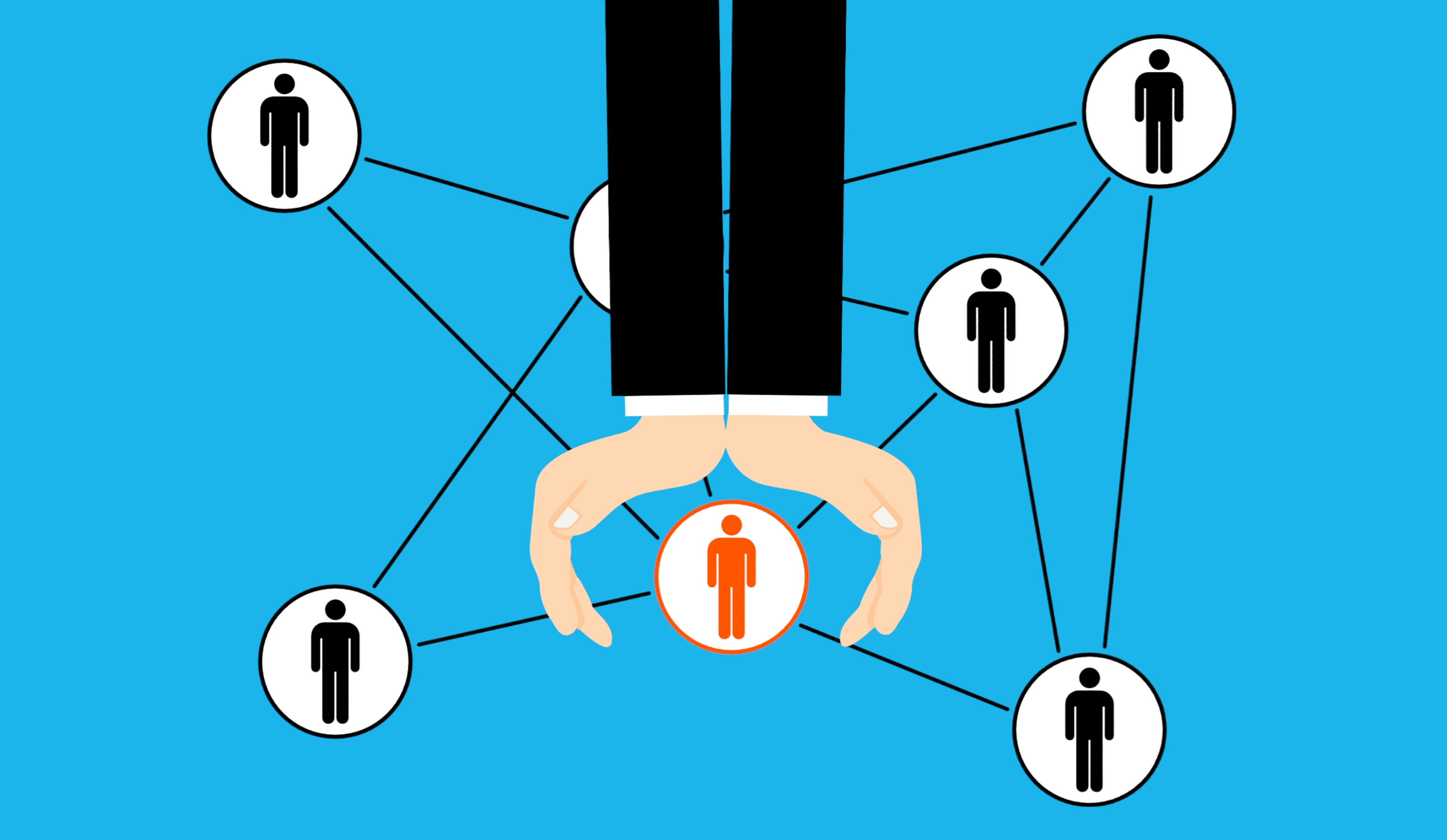
Plan out your days with the pace for each activity. Keep these tactics in mind:
- DON’T rush, allow plenty time for what needs to get done.
- Alternate activity with rest.
- Divide large chores into smaller tasks spread across the day or week.
- Work smarter by minimizing trips up/down stairs, shopping with a list and in as few stores as possible, cook in bulk and freeze the leftovers, after bathing, rest in a terrycloth bathrobe instead of drying with a towel. These little things conserve a lot of energy over time.
- Don’t be afraid to ask for help when you need it. You can order your medications and groceries to be delivered.Throughout the day, look for opportunities to sit down, and minimize time walking, lifting, and bending (use extensions bending and reaching).
- Sit down while cooking, cleaning, bathing, dressing, or grooming face and hair, have a stool or seat handy in multiple rooms of your house.
- Stay organized and lay out supplies at waist height so everything is within easy reach before you start cooking, cleaning, bathing, or dressing.
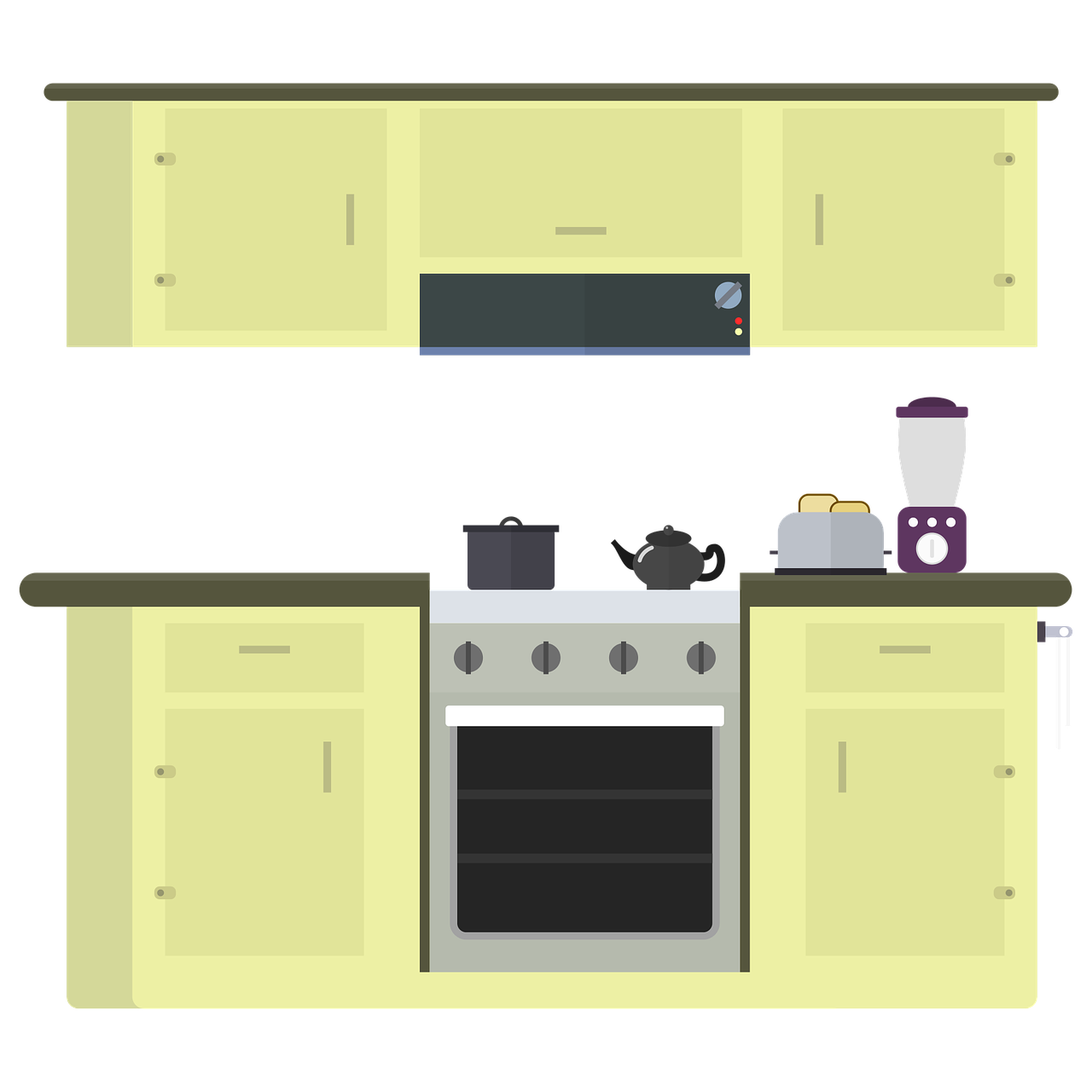
- Use an elevated toilet seat, a grabber for objects, and elongated handles on shoe horns, brushes, and dustpans.
By learning how to operate at a mild pace with lots of helpful tools throughout your house, daily life gets easier and easier, and your tank of energy will get you further and further the more you conserve energy.
Overview
Of course, none of these simple everyday changes listed above will make much of a difference if you are lugging around a heavy oxygen tank, or are stressed and worried about getting your next oxygen delivery.
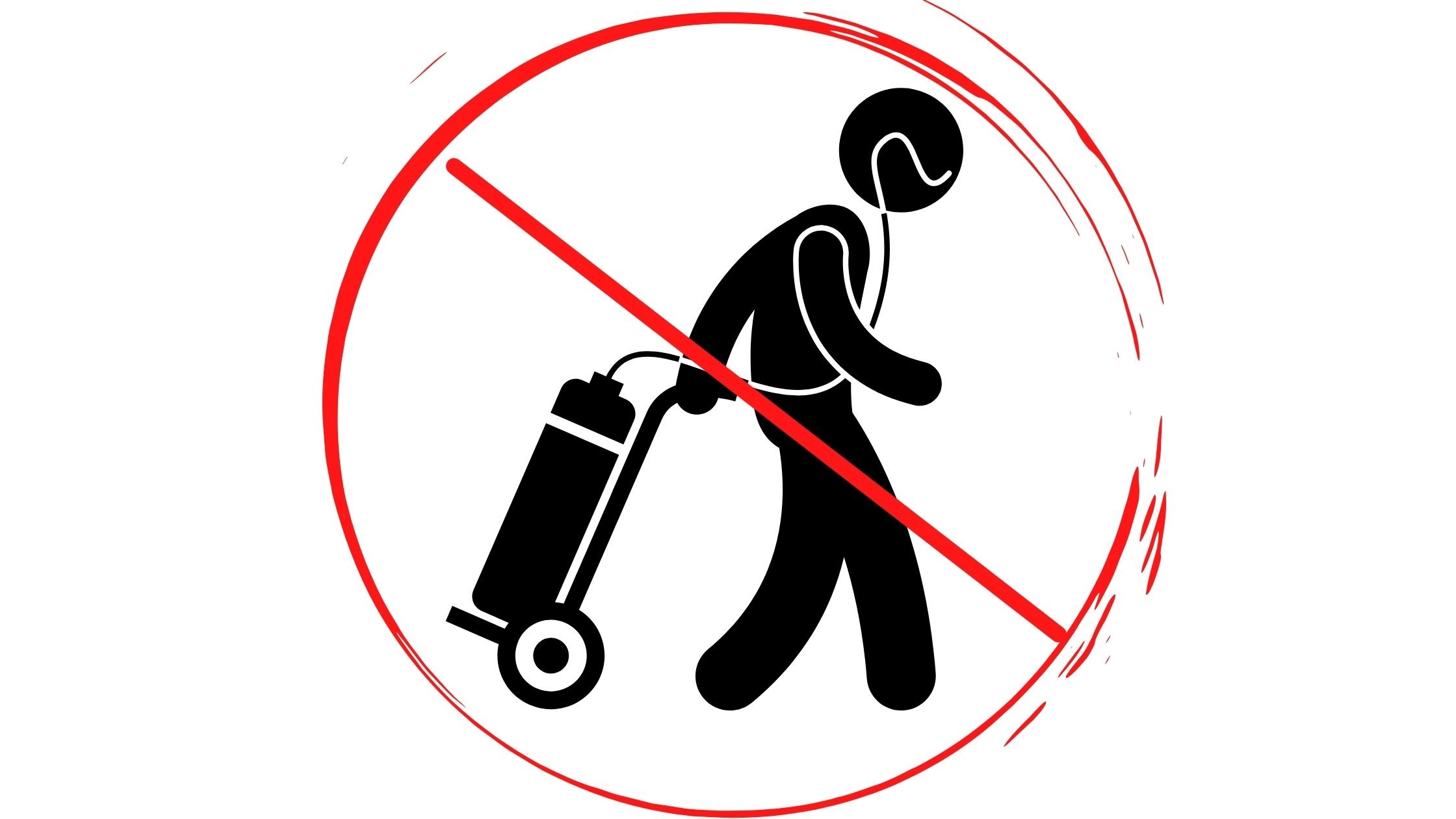
First step to getting your second chance at a healthy and active life after being prescribed oxygen, is getting an oxygen device that can help you through life, rather than holds you back.
Talk to your doctor about your oxygen device options and how your prescription will work day to day, and then call us at LPT Medical at 1(800)-946-1201 so we can help you find a device that fits your needs and lifestyle.

We are excited to share with you all of the amazing qualities of the SeQual Eclipse 5 portable oxygen concentrator. This device is the one of the best continuous flow oxygen devices available today, and this blog and video will explain to you why!
{{cta('fa8abc2a-1e88-4fa3-82fd-1cb5b9ed43b2','justifycenter')}}
First and foremost, you should know exactly what you are getting why you buy a SeQual Eclipse 5 from LPT medical, so we created this video below for you to watch!
Alexia will unbox everything that comes with the device and explain a little bot more about this portable oxygen concentrator, and then if you continue reading, we will show you exactly what it means for you to own a device like this!
Here are some quick specifications of the SeQual Eclipse 5
Weight
-18.4 Pounds
Dimensions
-19.3” H x 12.3” W x 7.1” D
Flow Rate
-Continuous Flow Settings 0.5-3.0 LPM
-Pulse Flow Settings 1-9
Battery Life
-Continuous Flow Up To 2.0 Hours
-Pulse Flow Up To 5.1 Hours
Power
-100-240 VAC, 50/60 Hz; 12V Nominal
FAA Approved
-Yes
Warranty
-3 Years
Battery Life and the SeQual Eclipse 5

One of the most favorable aspects of the SeQual Eclipse 5 is the battery life, and just the fact that the oxygen device runs on battery power means several great things for you.
1. FAA Approved
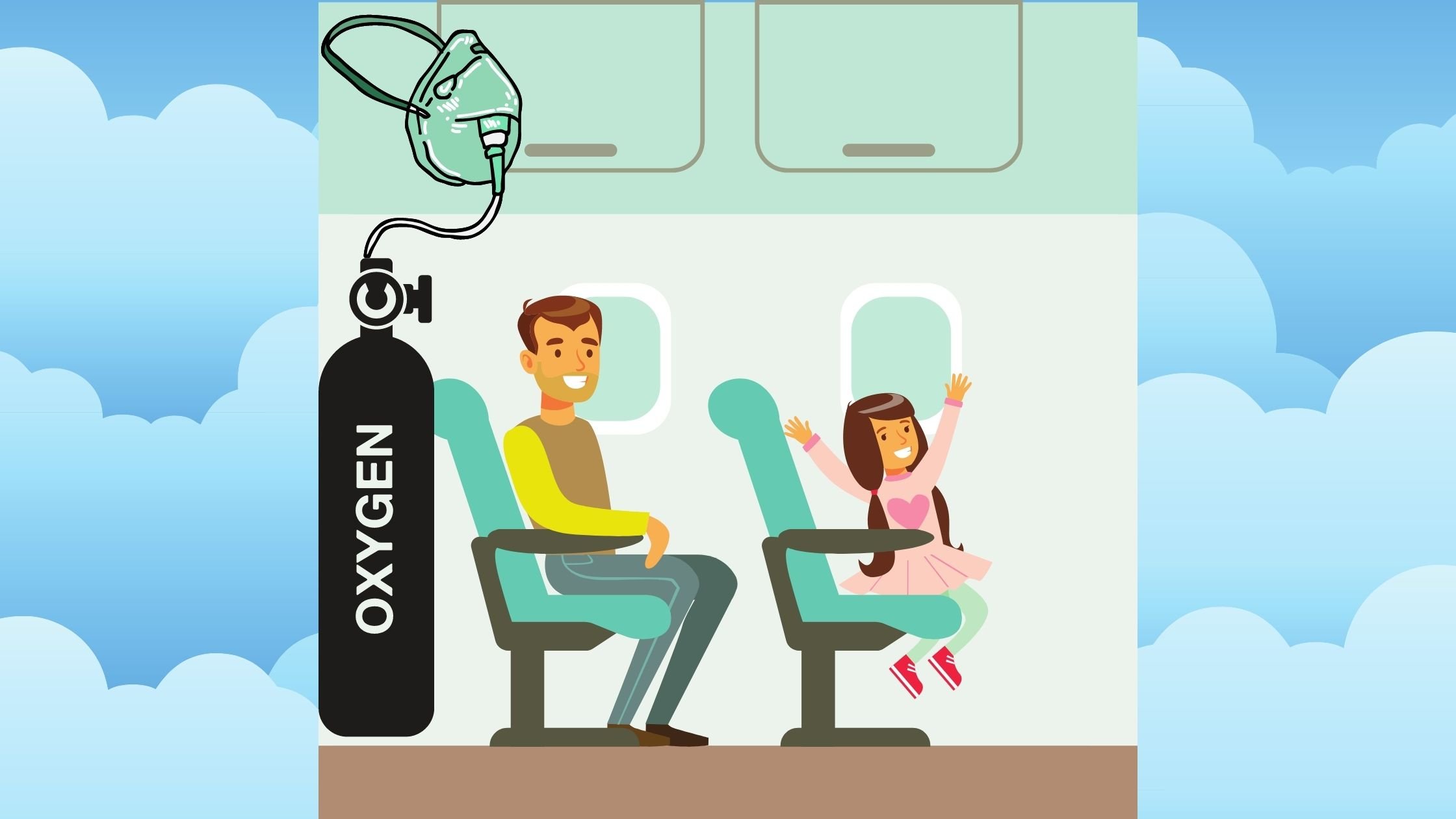
Because the device is battery powered, that also means it is FAA approved for travel on just about every airline!
You can travel by plane internationally if you want, all you need is either an extra battery, or a charging cable to recharge your device!
.jpg)
You can carry the device on the plane with you so you don't have to rent oxygen at the destination you are traveling to, which is a time and money saver!! While you are on the plane you have to be sure you have enough battery power to last the duration of the flight, and depending on the airline, you will have to prove to them that your portable oxygen concentrator is capable of being powered for the flight duration plus an amount of time.
This will all be on the airlines website in their oxygen device policy or simply call and talk to a customer service representative. You can also read this article about traveling with oxygen in 2021 that will go more into detail about the ins and outs of traveling with oxygen in this day and age.

2. No more waiting around for oxygen deliveries
You have waited around and paid more money to the oxygen supply companies than you think. And once you switch to a portable oxygen concentrator it will be so obvious the time and money you save with a battery powered device.

The SeQual Eclipse 5 doesn't run out of oxygen, and it will never need to be refilled. When the device runs low on battery, you charge it as you would a cell phone. The device is extracting the surrounding air and filtering it into medical grade oxygen, and this requires power to do so, and the more oxygen you need the more power the device requires!
Continuous flow devices like the SeQual Eclipse 5 have a long lasting battery life compared to other continuous flow devices, and because this device also offers pulse flow operation, the battery can last very long in the pulse flow setting!
3. Charging the device and getting your oxygen is EASY

The Eclipse 5 has three different charging options available:
- AC Power Supply
- DC Power Supply
- External Battery Charger
The AC power supply is your best friend when it comes to powering your device for everyday use and traveling. It’s the easiest and most common charging option. It is equipped with a 110v power cord so you can plug it into any wall outlet or 110v outlet.
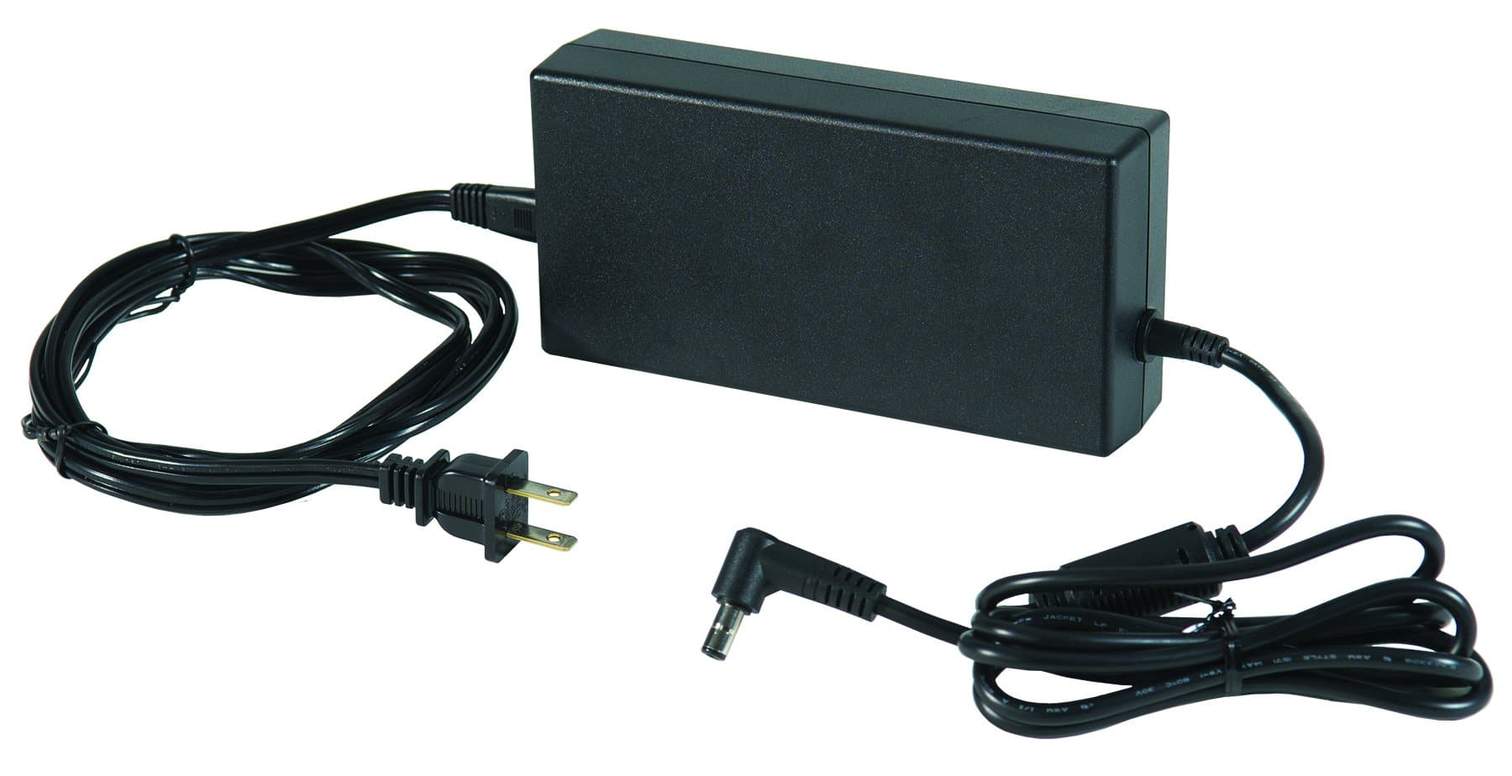
When using the AC power supply your Eclipse 5 battery will recharge and you will be able to use every oxygen setting even while it's charging. This means if you have a cord and a power source you have an unlimited supply of oxygen!
The DC power supply is perfect for charging and powering your concentrator on the go in the car, RV, or boat. With any continuous flow portables like the Eclipse 5, battery life is precious so having the DC power supply helps you preserve your battery life for peace-of-mind.
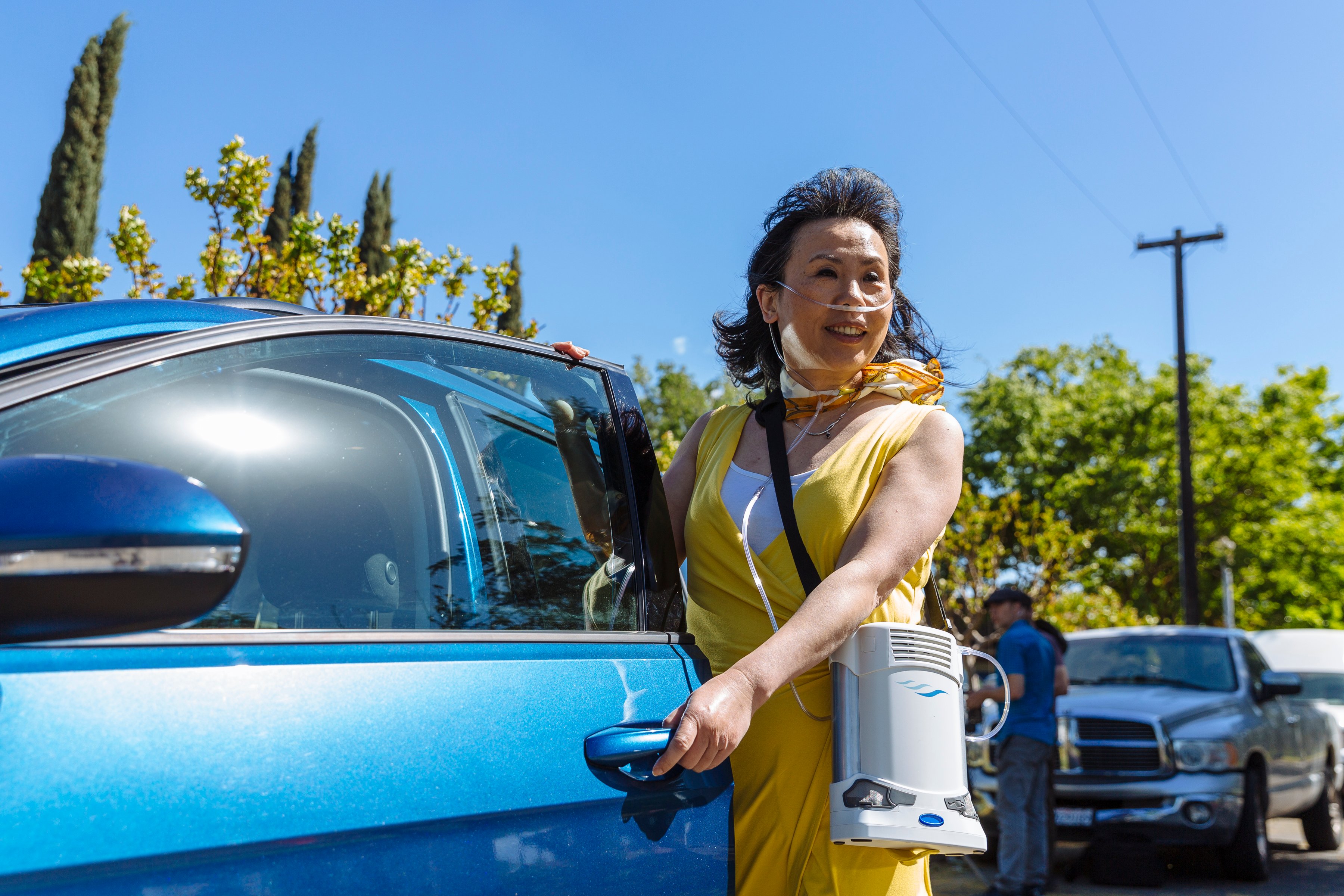
The DC power supply is equipped with a 12v power cord allowing you to plug it into the cigarette lighter or 12v outlet in your vehicle. Because it is a continuous flow unit and requires a lot of power there are some charging limitations:
- When your Eclipse 5 is plugged into the DC power supply it will operate on every oxygen setting and run off of your vehicle’s battery.
- Your battery will only recharge if you are using a continuous flow setting of 2.0LPM or lower
- If you are using 2.5 or 3.0 LPM, your concentrator will run off of your vehicle’s power, but it will not recharge your battery
The external battery charger gives you the ability to recharge your batteries without connecting your Eclipse 5 to a power supply. So if you have multiple batteries or need to get ready for a trip, the external battery charger will make charging your batteries a simple and easy process, just simply change the low battery for the fully charged one!
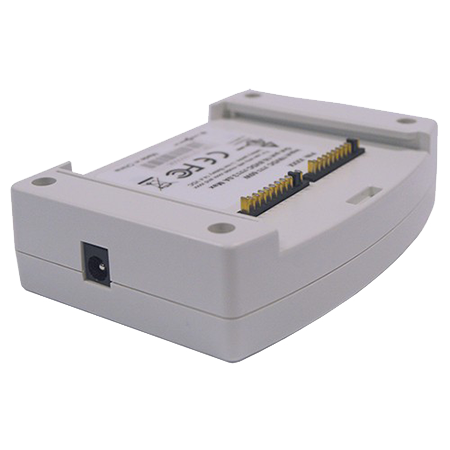
Even for a person with a chronic lung disease exercise to the degree the patient is capable is imperative. Having an exercise routine that you set up and go over with your health care team is a great way to treat your illness and reduce the severity of your symptoms.
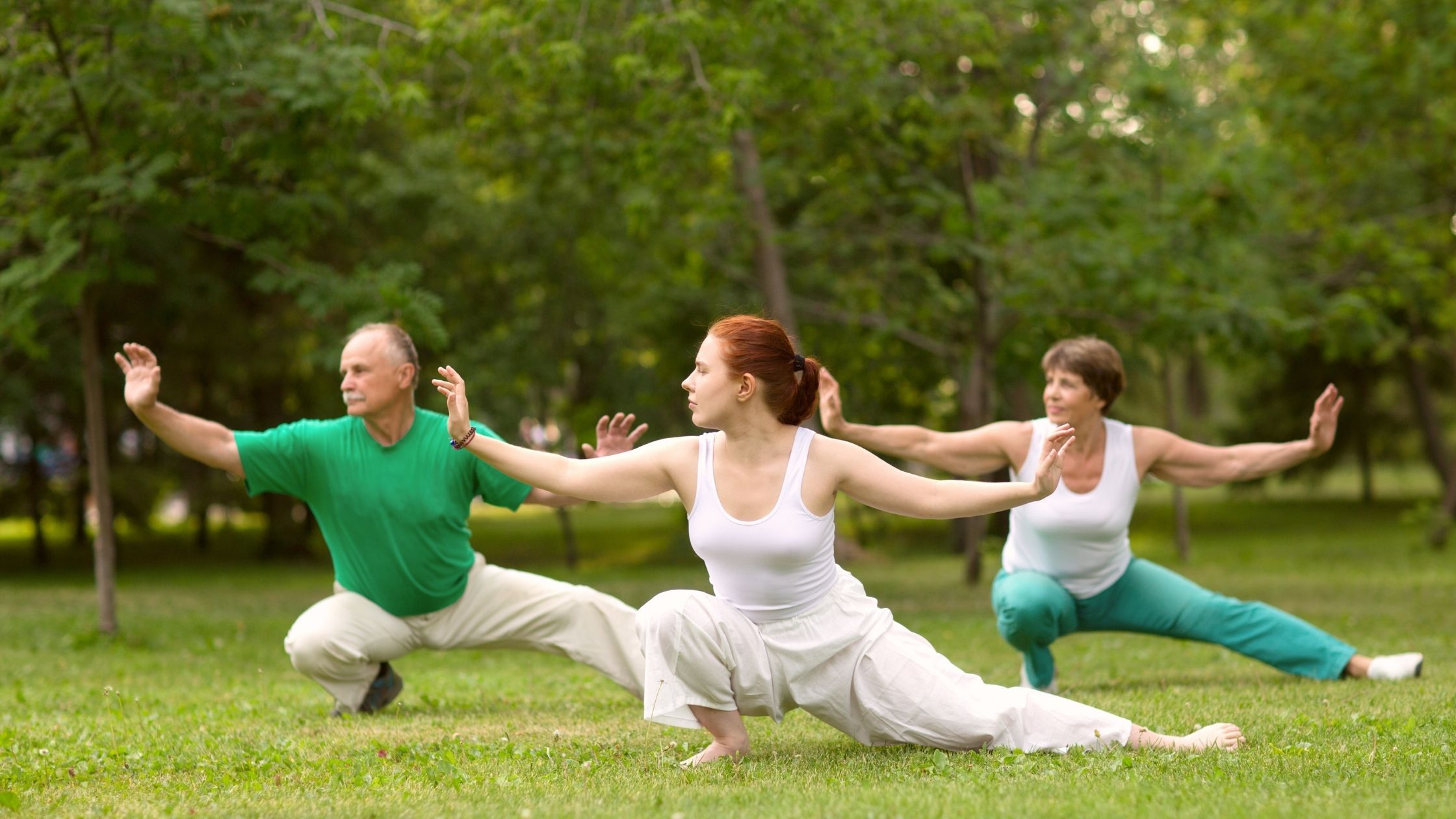
Getting into the rhythm of exercising everyday is much harder if you have a cumbersome oxygen device that holds you back from your Tai Chi class or daily walk. Oxygen tanks are so heavy, and the little oxygen canisters run out of oxygen so quickly, the last thing on your mind when you have an oxygen tank is exercise.
With the Eclipse 5 and the custom carrying cart that comes with the device, exercise won’t feel like a distant goal, it will be an attainable activity that you can accomplish everyday!

With a little bit of self-motivation and the right oxygen device to help you do the job, exercise will become a daily part of your routine!
The Eclipse 5 is an 18.4 pound oxygen device that is packed into a sleek box like structure that can fit in the space by your feet when you are in the car or on an airplane. You can bring it with you while you walk or go to the gym and it doesn't take up much space in your home while storing the device, or while you use it to get around you home.
5.Durable and Reliable

The last and more notable quality of the SeQual Eclipse 5 is its durability and reliability. This is why it is the most popular continuous flow portable oxygen concentrator on the market.
That is largely due to its long-standing track record for being durable and reliable. If it’s good enough for the US Military, that should tell you something.
The hard-bodied shell of the Eclipse 5 is extremely protective. It will keep your concentrator protected from everyday wear and tear, accidental bumps and bruises, and if you have pets or grandkids in the house it will be able to withstand their crazy antics. One of the best things about the Eclipse 5 is that it requires very little maintenance from you to keep it running. All you need to do is wash your filter once every week or two depending on how often you use your Eclipse and you are good to go!
Overview of the SeQual Eclipse 5

There are a few very important details that matter most when purchasing a continuous flow portable oxygen concentrator. For starters the device should be as compact as possible. The other big plus of having a portable oxygen concentrator compared to an oxygen tank, is having a device that runs on battery power.
These two components make a positive impact on your lifestyle, so you aren’t only getting the oxygen you need to treat your lung condition, you are simultaneously contributing to a healthier lifestyle. With a device that is easy to bring with you anywhere you go, and the ability to recharge your device anywhere and everywhere gives you the freedom to live life the way you want to.
{{cta('f97bf44b-a342-4cd9-9d9d-a644102b4411','justifycenter')}}
Of course, oxygen therapy and your lung condition will present challenges everyday. But having the right tools to get through the obstacles rather than being held back is essential for a high quality life.
A lifestyle where you can move around freely and without worry. The Caire SeQual Eclipse has the capabilities to change your life for the better!
Simply call 1(800)-946-1201 and speak with an experienced respiratory specialist today about the Eclipse, or any of our other devices! All of our new device come with a 3 year warranty, and all of the goodies and oxygen accessories seen in the video at the top of this page!
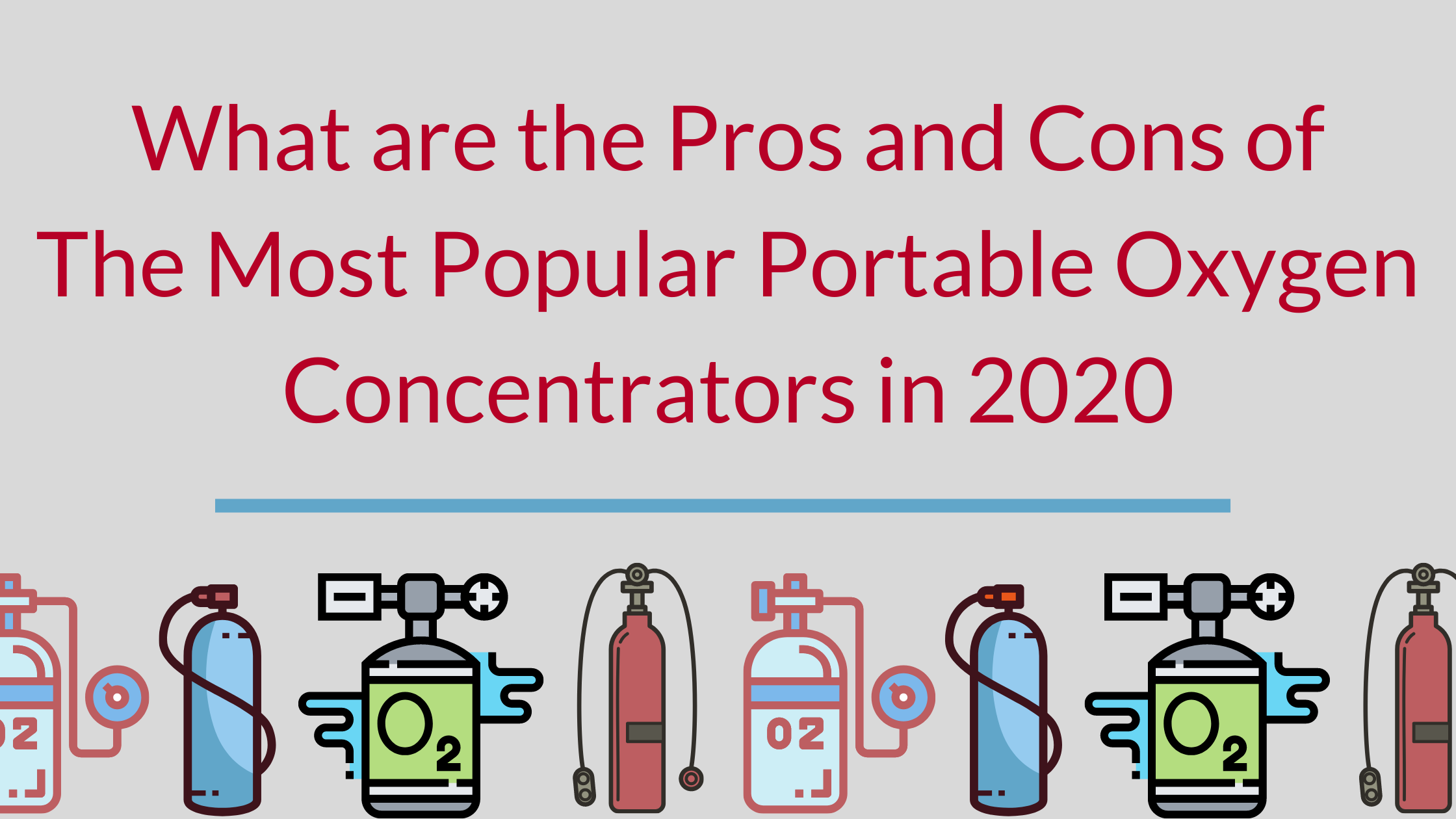
Choosing a portable oxygen concentrator can be tricky because there are a lot of options out there. So best way to begin is by narrowing down your options based on a few components we will discuss in this article.
Based on whether you need pulse dose, continuous dose, or both and the flow rate you need, you will be able to narrow down your options.
{{cta('fa8abc2a-1e88-4fa3-82fd-1cb5b9ed43b2','justifycenter')}}
After you have a list of concentrators that will meet your oxygen requirements, you can continue narrowing down your option based on the unit’s weight, battery life, noise level, and sleep mode technology.
These priorities are based on your lifestyle and the qualities of life you value most.

You can start by asking yourself some questions:
Do I need a unit that is lightweight so that I can carry it easier while running errands?
Do I need a light weight unit so that I can start exercising more often?
Do I need a unit with long lasting battery life because I travel a lot?
Do I need a unit with long lasting battery life because I like to be outside without a power source for long periods of time?
Do I need a quiet unit because I am very sensitive to noise?
Do I need sleep mode technology because I already have trouble sleeping?
Once you have determined the list of units that meet your oxygen needs and have an idea of which lifestyle choices you prioritize, you should have a pretty great idea of which portable oxygen concentrator is best for you!
{{cta('43b79c5e-6bd6-4f02-ac27-2d038d20c146','justifycenter')}}
If you need help setting up these components, please call 1 - 800 - 946 - 1201, and a respiratory specialist will be happy to help guide you through this process.
Below is an infographic that goes through a few of the most popular oxygen concentrators on the market, and the “pros and cons” of each. You will notice there are very few cons, which is why they are so popular!
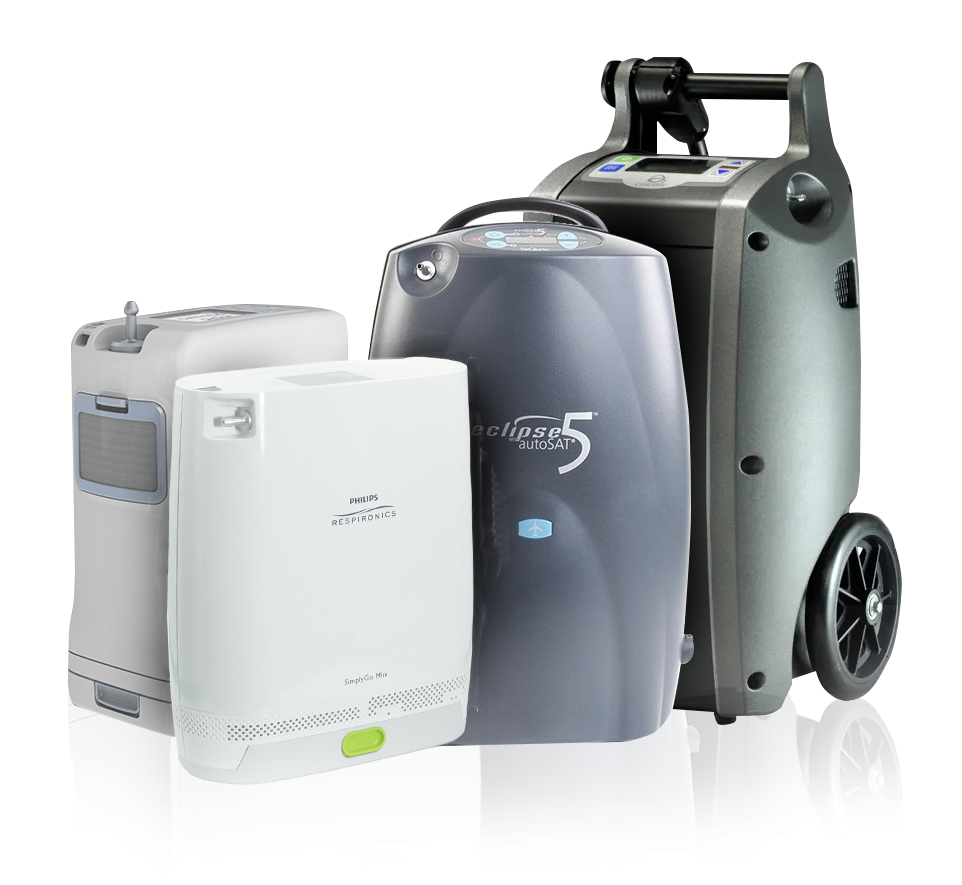
If any of these machines seem to be a great fit for you or if you do not see a machine that fits your needs, call us at 1 - 800 - 946 - 1201 or send us an email at info@lptmedical.com
You’ll be happy to know that every time you call LPT Medical, you’ll be connected with an experienced respiratory specialist who will be able to answer all your questions; whether it’s a question about an oxygen concentrator, financing information, Medicare, or pricing, we’ll get you squared away so you don’t have to worry.
The most popular portable oxygen concentrators of 2020 are linked here:
.png)


 So we can find the best portable oxygen concentrator for your needs!
So we can find the best portable oxygen concentrator for your needs!











